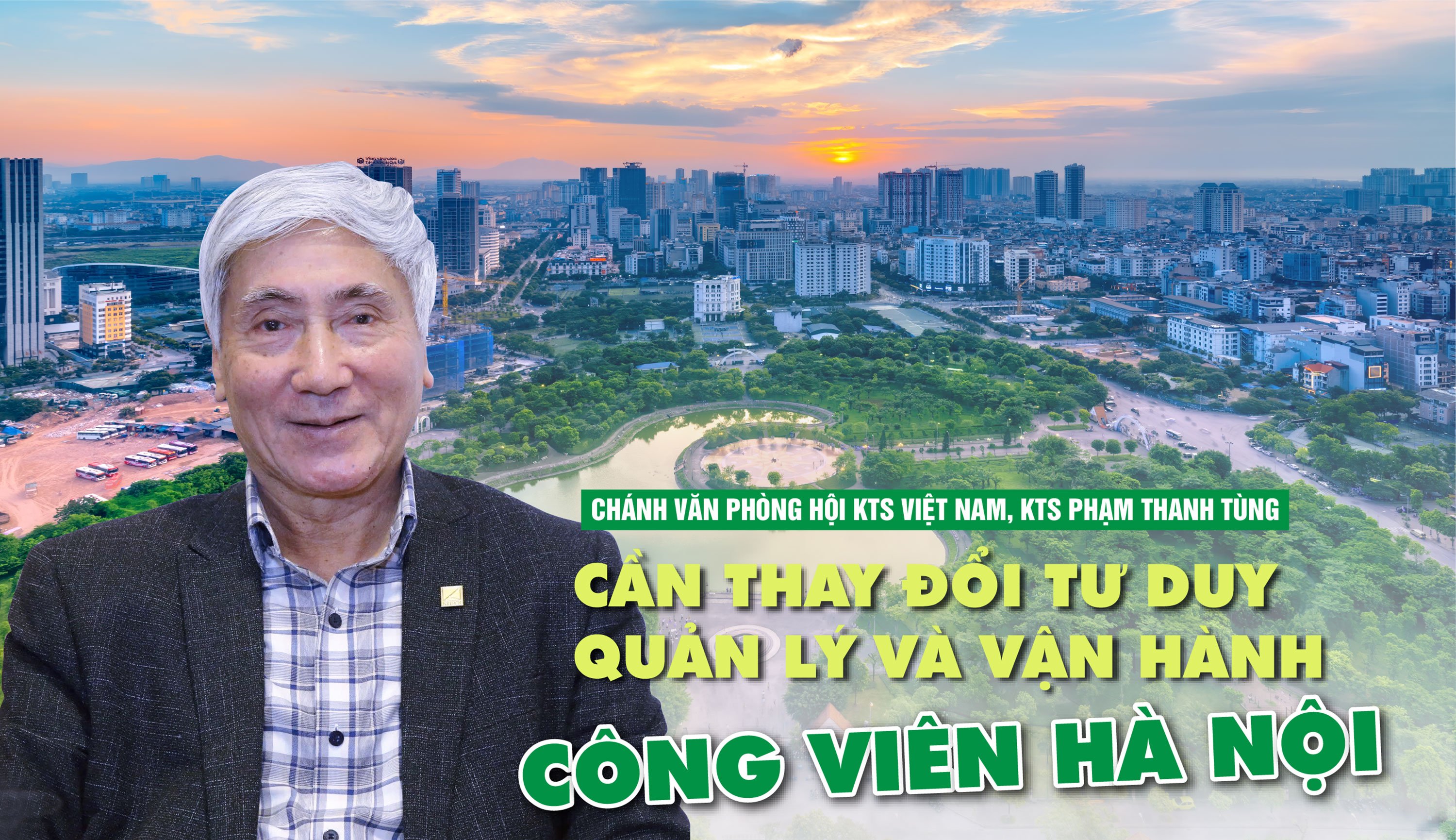
In order for Hanoi to develop to its full potential as the 17th largest capital in the world, a City for Peace, a Creative City, the city government needs to be determined to build and develop a park system worthy of such a capital. Having a modern park system not only enhances the enjoyment needs of the people but also aims to build a cultural, civilized, and sustainably developing capital. This is an exchange between Architect Pham Thanh Tung, Chief of Office of the Vietnam Association of Architects, and Kinh te & Do thi Newspaper.
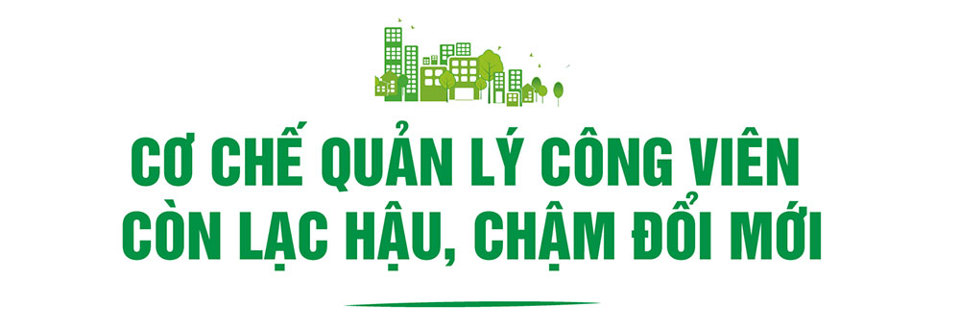
Parks are an indispensable component in the development structure of each urban area. Can you briefly outline the formation and importance of the park system in the process of urban development in Hanoi?
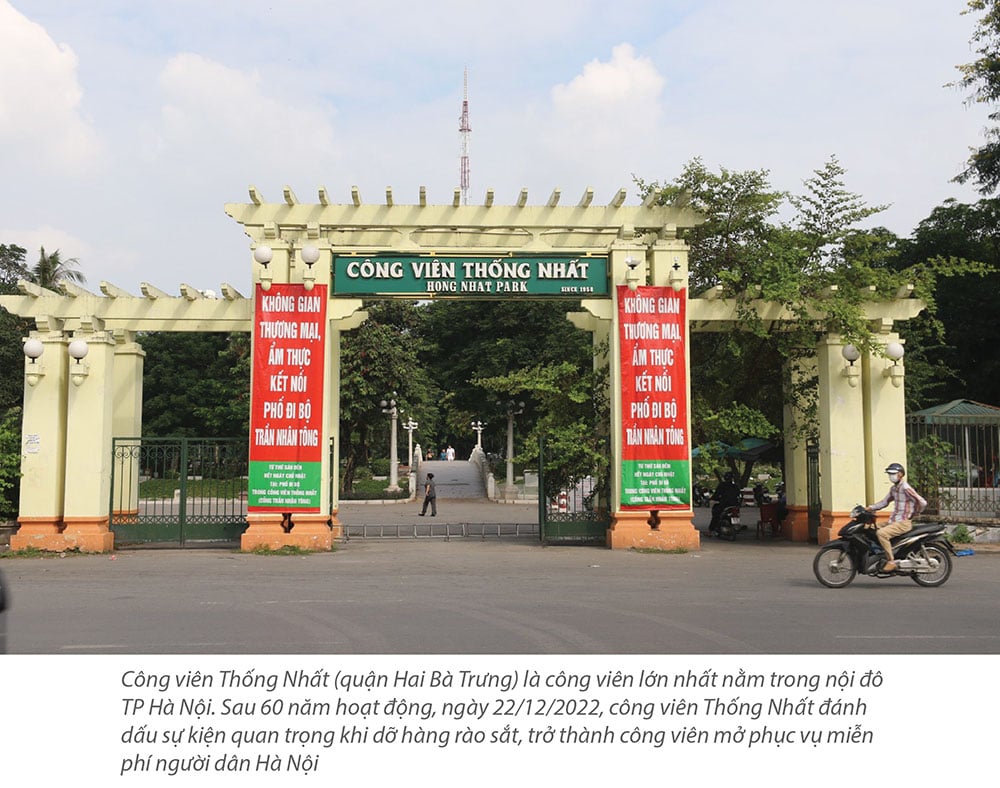
- In the late 19th century, when the French began to urbanize Hanoi for the first time and planned Hanoi according to the model of a "garden city", they paid much attention to building parks, flower gardens and planting trees on the sidewalks. Hanoi's first park was built in 1890, the Botanical Garden. This was an open space for scientific research, and at the same time served for rest and relaxation (mainly serving the ruling government). Along with the Botanical Garden, the Hoan Kiem Lake space during this period was also planned as an open park, with water, walking paths and many types of trees planted around. In addition, interspersed in the blocks were flower gardens such as Hang Dau flower garden, Con Coc flower garden, the flower garden in front of the Indochina Bank, now Ly Thai To flower garden, Pasteur flower garden, Cua Nam flower garden...
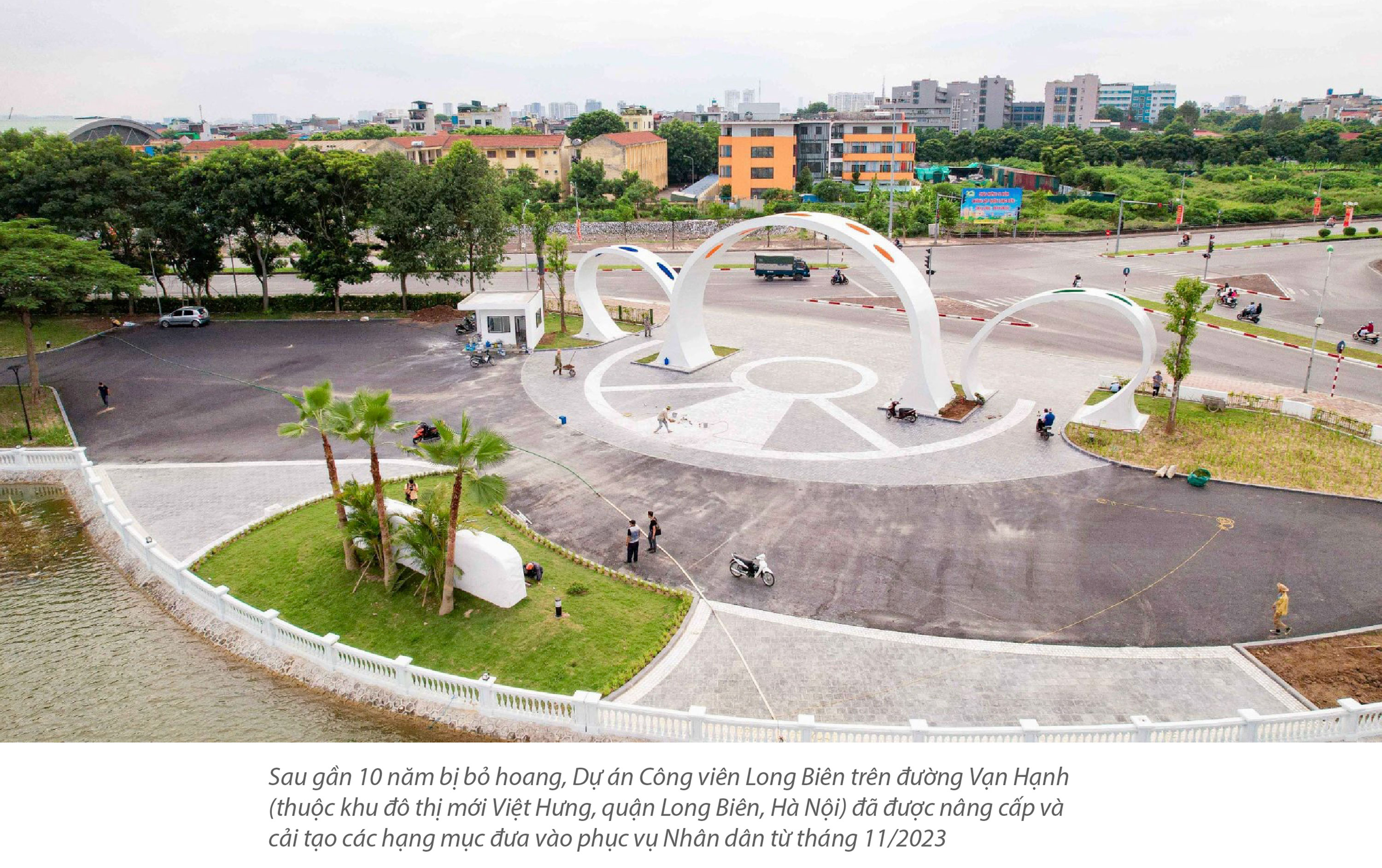
This shows that flower gardens and parks play a very important role in the urban structure of Hanoi. In the period after the Liberation of the Capital (1954), although the economy was still difficult due to the consequences of war, Hanoi still paid attention to building large parks, bearing the mark of the past such as Thong Nhat Park, Thu Le Park... Since the 90s of the 20th century, parks have received little attention for development.
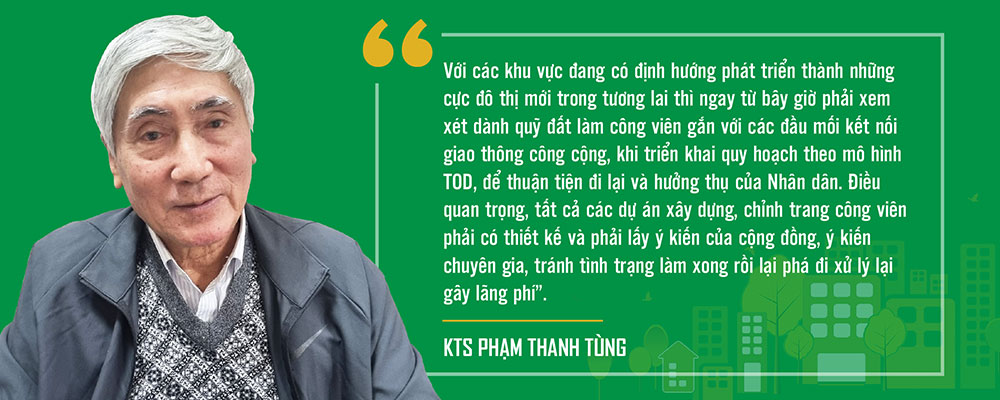
With such importance, what is the quality and quantity of parks in Hanoi today, sir?
- Hanoi today has developed into a "mighty" capital with an area of over 3,300 km2 and a population of over 8 million people. With such a large scale, it is a good condition for the city to have the opportunity to build and develop in all aspects, including the construction and development of a system of parks and flower gardens. However, currently, both the quantity and quality of Hanoi's parks have not met the requirements. Speaking of quantity, we need to recognize that the parks were mainly built in the period from after the liberation of the capital to before the renovation (1986).
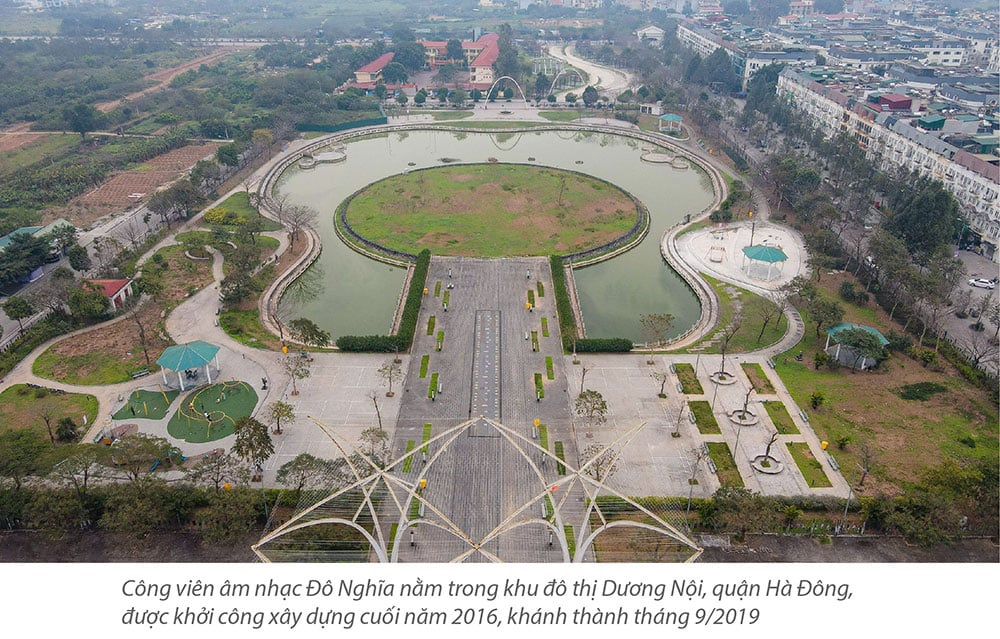
Since the renovation until the expansion of the territory (2008), there have not been many large-scale parks built by the state. In recent years, some parks have been built by large real estate investors in new urban area projects, but the main purpose is to increase the value of real estate and serve the needs of residents in those urban areas, not entirely to serve society. While the quantity is not large, the quality is also a matter of discussion. Large parks such as Thong Nhat, Thu Le, Bach Thao... are all degraded but have received little investment and care. Even park land has been misused, allowing people to encroach and illegally build houses for many years without being handled, such as Tuoi Tre Park...
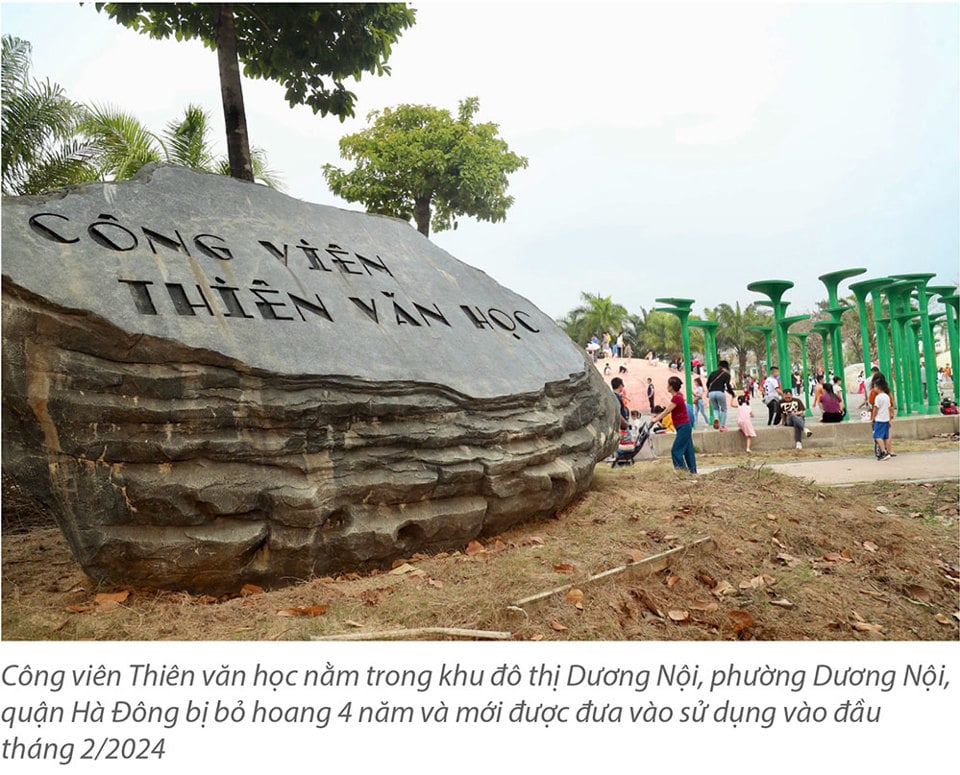
So, in your opinion, what should be the management and operation method so that city parks can maximize their effectiveness?
- As I said, parks are an important part of the city and must be managed and protected by the government. As for the operation of parks to maximize their effectiveness, they should be assigned to social organizations or professional investors. We can learn from the management model of Central Park in New York City, USA. A private, non-profit organization consisting of park lovers operates the park under a contract signed with the New York City government. They are allowed to collect fees for services in the park, use part of that money for regular maintenance and pay taxes to the government.
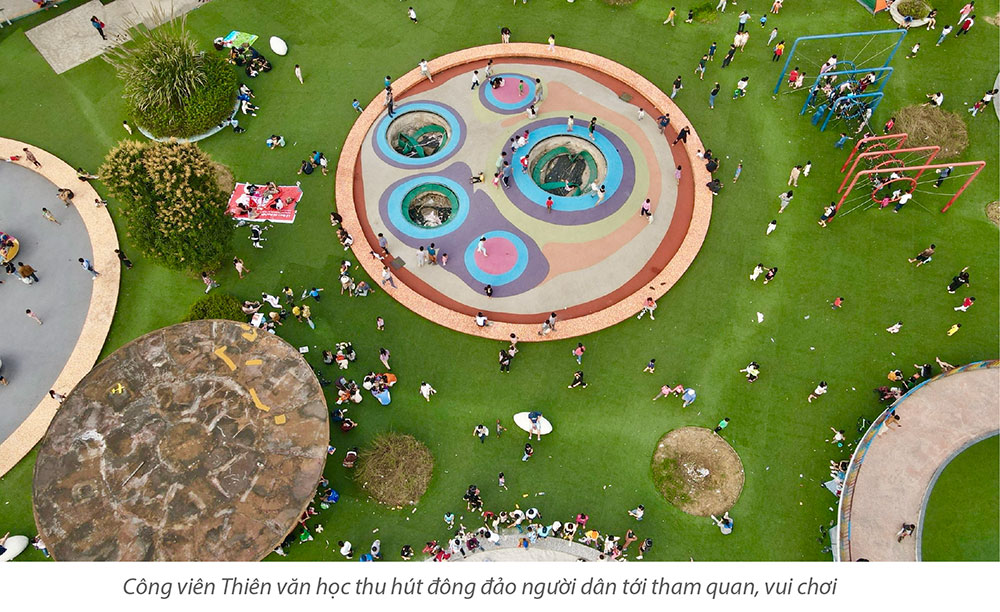
In Hanoi, currently, the management and operation of parks are all state-owned units. The management mechanism is still backward and slow to innovate, leading to many confusions, especially after implementing the city's directive to remove fences, not collect park entrance fees, and create open parks for people to easily access, many problems have arisen. Therefore, it is necessary to change the mindset in the management and operation of parks in Hanoi.
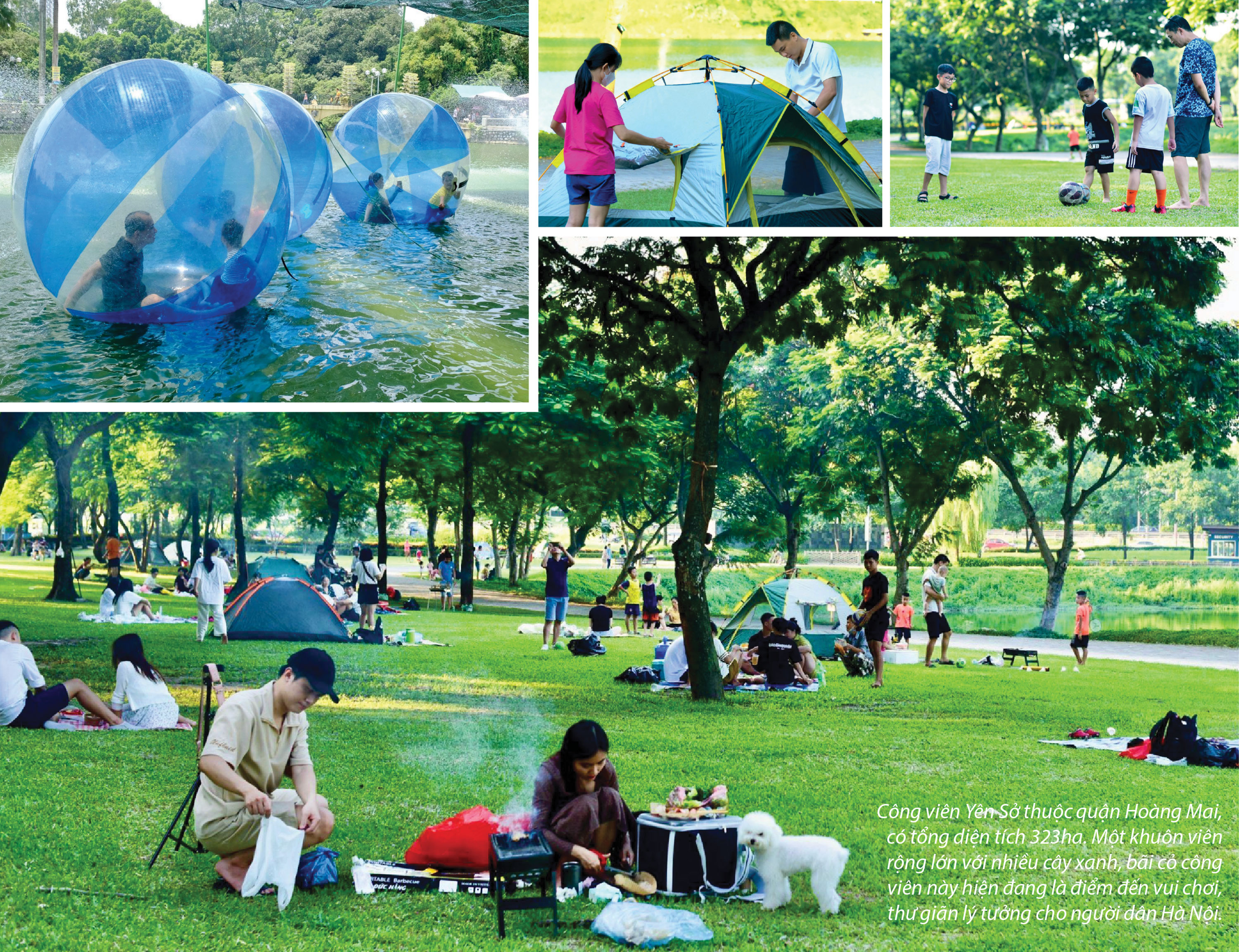
However, even if the fence and surrounding walls are removed, the park is not a "wild garden" and still needs management. Such as making low soft fences with trees, planting flowers around...; installing a reasonable lighting system, surveillance cameras,... In particular, for the park to operate well, in addition to the role of the government, the participation of the community and socio-political organizations is very necessary, in which civic awareness is very important. Therefore, it is necessary to strengthen communication work to raise public awareness.
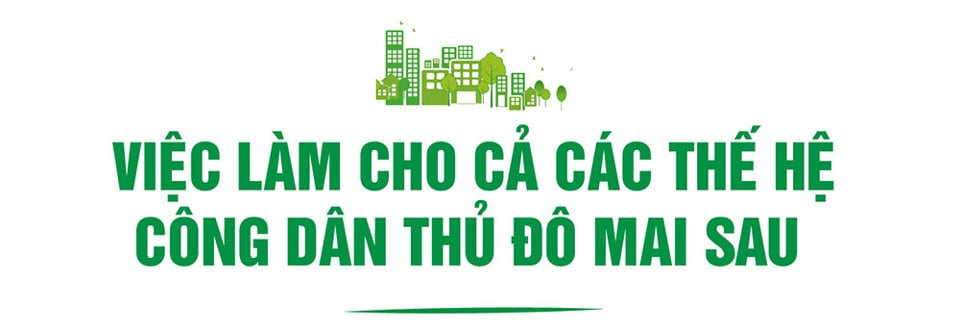
Since 2014, Hanoi City has approved the planning of the system of trees, parks, flower gardens and lakes in the area until 2030, with a vision to 2050. The goal is that by 2030, the inner city area will have 60 parks, of which 18 will be newly built, 42 existing parks and flower gardens will be renovated and upgraded, and 7 special parks. However, after 10 years of implementation, the number of renovated and newly built parks is still insignificant. Can you analyze some of the reasons for this delay?
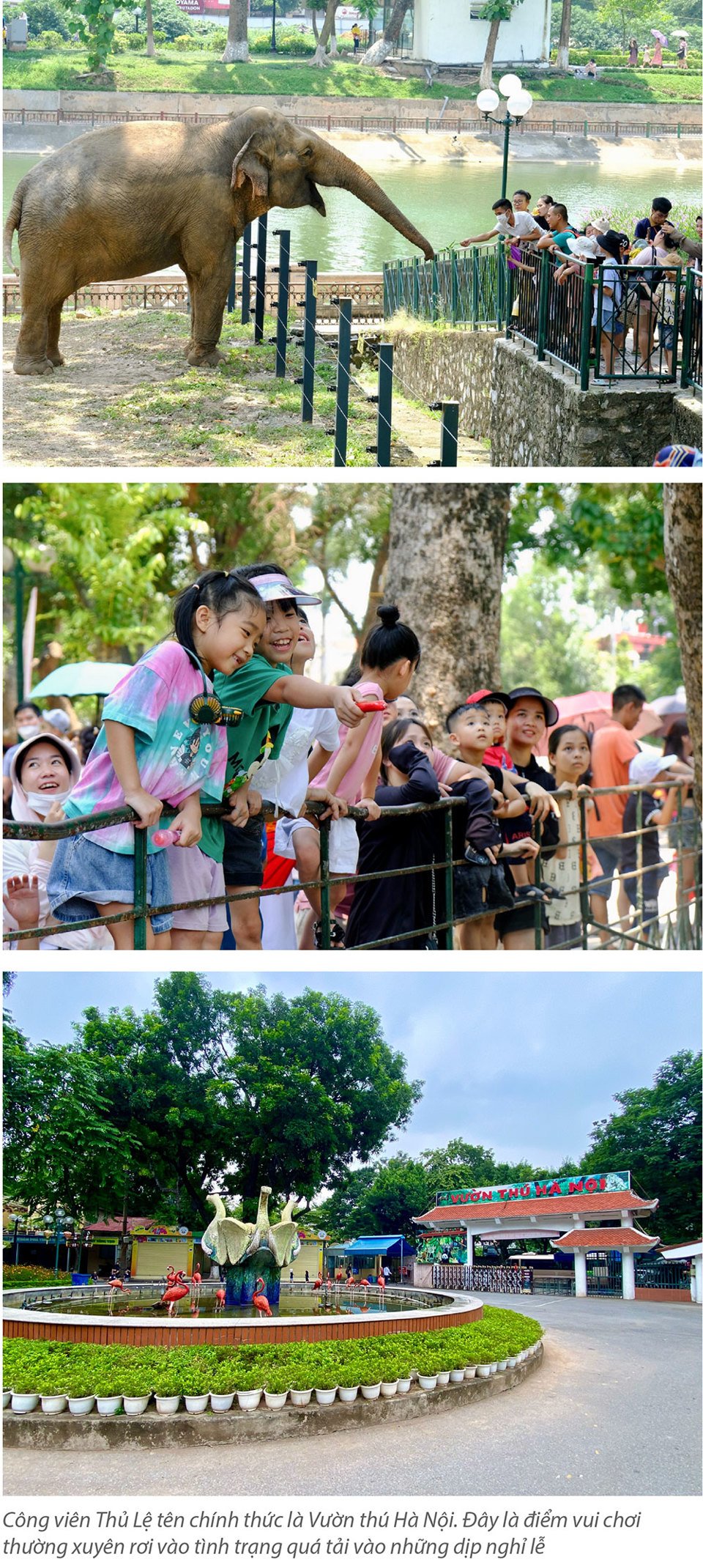
- The biggest benefit of parks is to help urban areas develop in a sustainable way, with a modern, civilized identity, helping urban residents have a better living environment. However, investing in this type of investment is often not profitable, so it is often difficult to attract businesses. Therefore, to develop parks, resources and appropriate application of state mechanisms are needed.
In addition, many land plots in districts have been assigned to enterprises for construction such as the Kim Quy Park project in Dong Anh, Hello Kitty Park in Tay Ho district... but they are all slow to be implemented. The city needs to review and inspect any projects that are behind schedule or cannot be implemented according to the plan, then revoke them or assign them to other investors with sufficient capacity to implement them. For large-scale projects, to attract investment, the government should take charge of site clearance and have a mechanism for land allocation and lease.
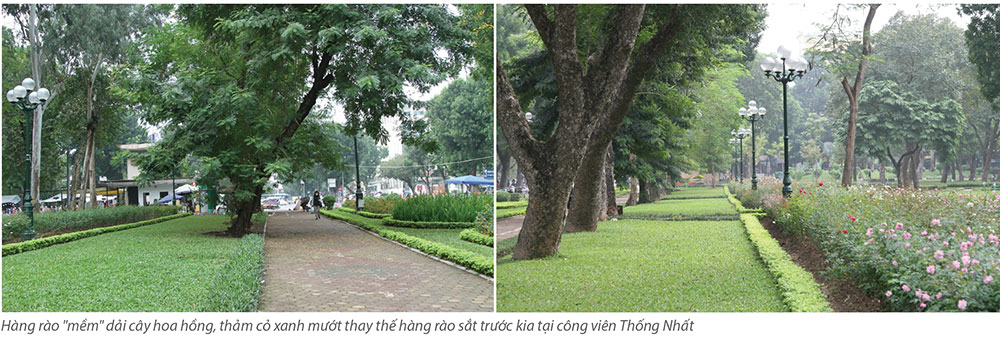
Hanoi is currently actively implementing the Plan to renovate, upgrade and build new parks and flower gardens in the city in the period of 2021 - 2025. So, in your opinion, what mechanisms and policies does Hanoi need to have to promote the completion and development of the city's green spaces, especially solutions to invest in building entertainment parks on par with the region and the world?
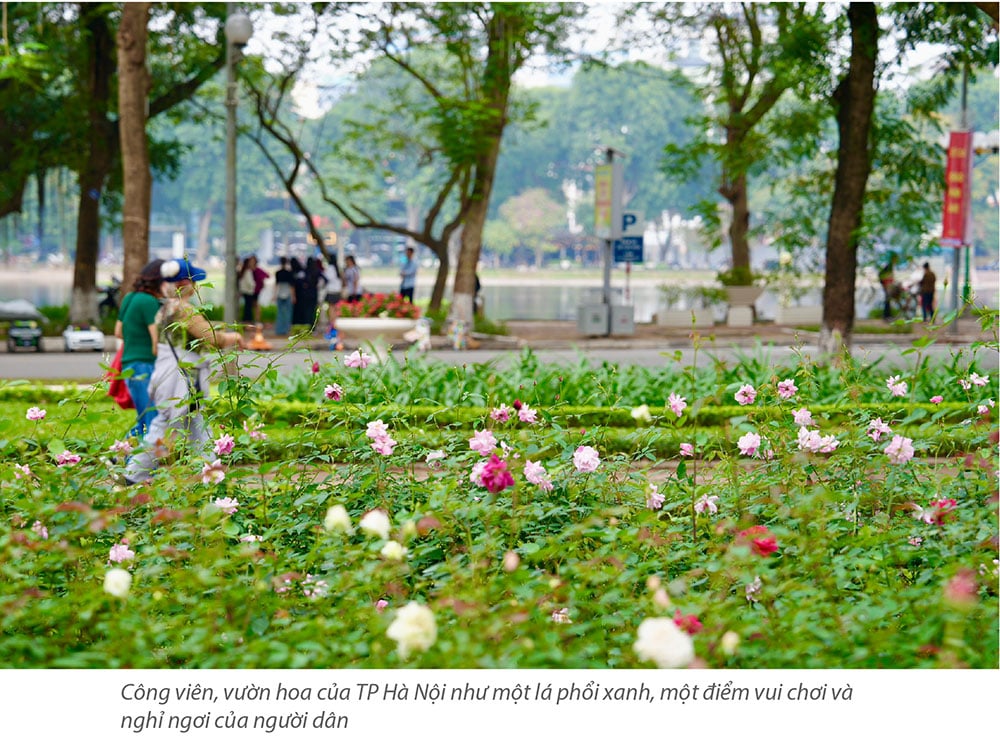
- The area of green space in general, and the area of parks and flower gardens in particular, per capita in Hanoi is currently very lacking compared to the standard. Currently, the green space target of Hanoi is only 2.06 m2/person, which is too low compared to the national standard of 7 m2/person. Therefore, in order for the Hanoi government's policy of increasing the green space target to 10 m2/person by 2030 to become a reality, in my opinion, there must be great political determination. It must be clearly recognized that parks and flower gardens are also cultural institutions, what we are doing today is not only for the present but also for the future of future generations of citizens of the capital, so there must be special attention and a mechanism for allocating appropriate resources from the State.
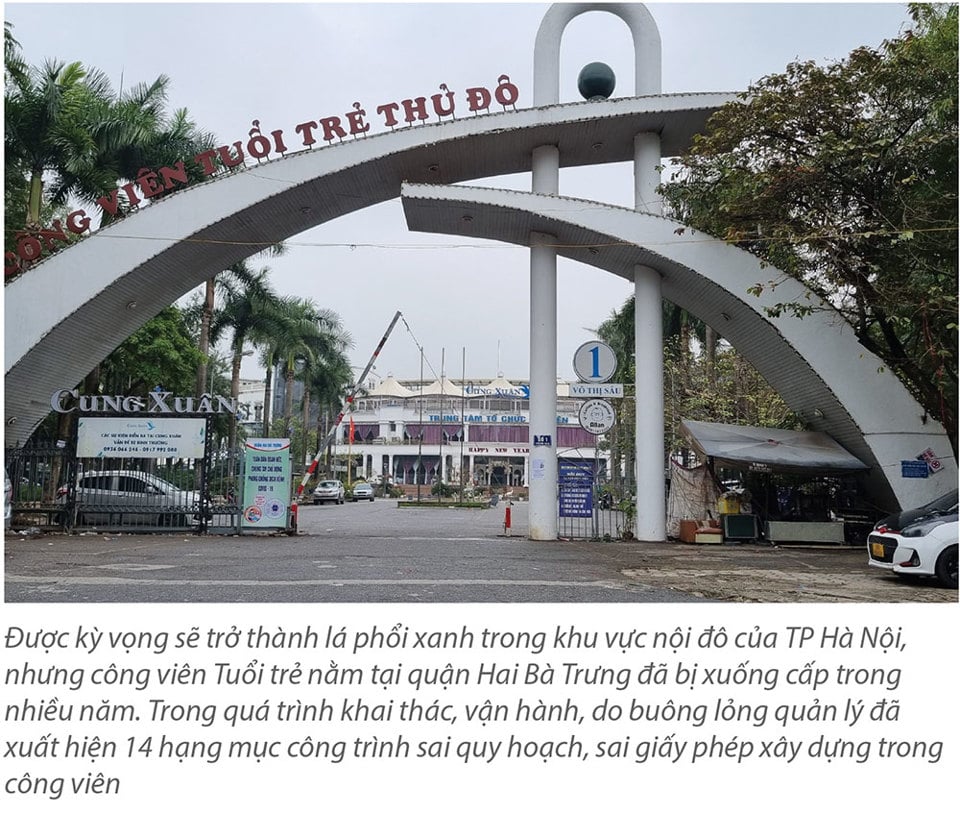
Regarding specific solutions, in the inner city area, when there is no more new land to build parks, it is necessary to quickly green public spaces, relocate polluting industrial facilities, educational facilities, and hospitals out of the inner city to reserve land for green spaces, parks, and flower gardens. Hanoi even needs to consider building a forest park within a radius of about 10 kilometers from the Phuc Xa landfill area on the banks of the Red River, successfully promoting the transformation of waste and waste dumps into green parks like in Phuc Tan recently. This is an extremely valuable area for the city to take advantage of to build and develop an ecological park that will be valuable in many aspects for hundreds of years to come.
Thank you very much!
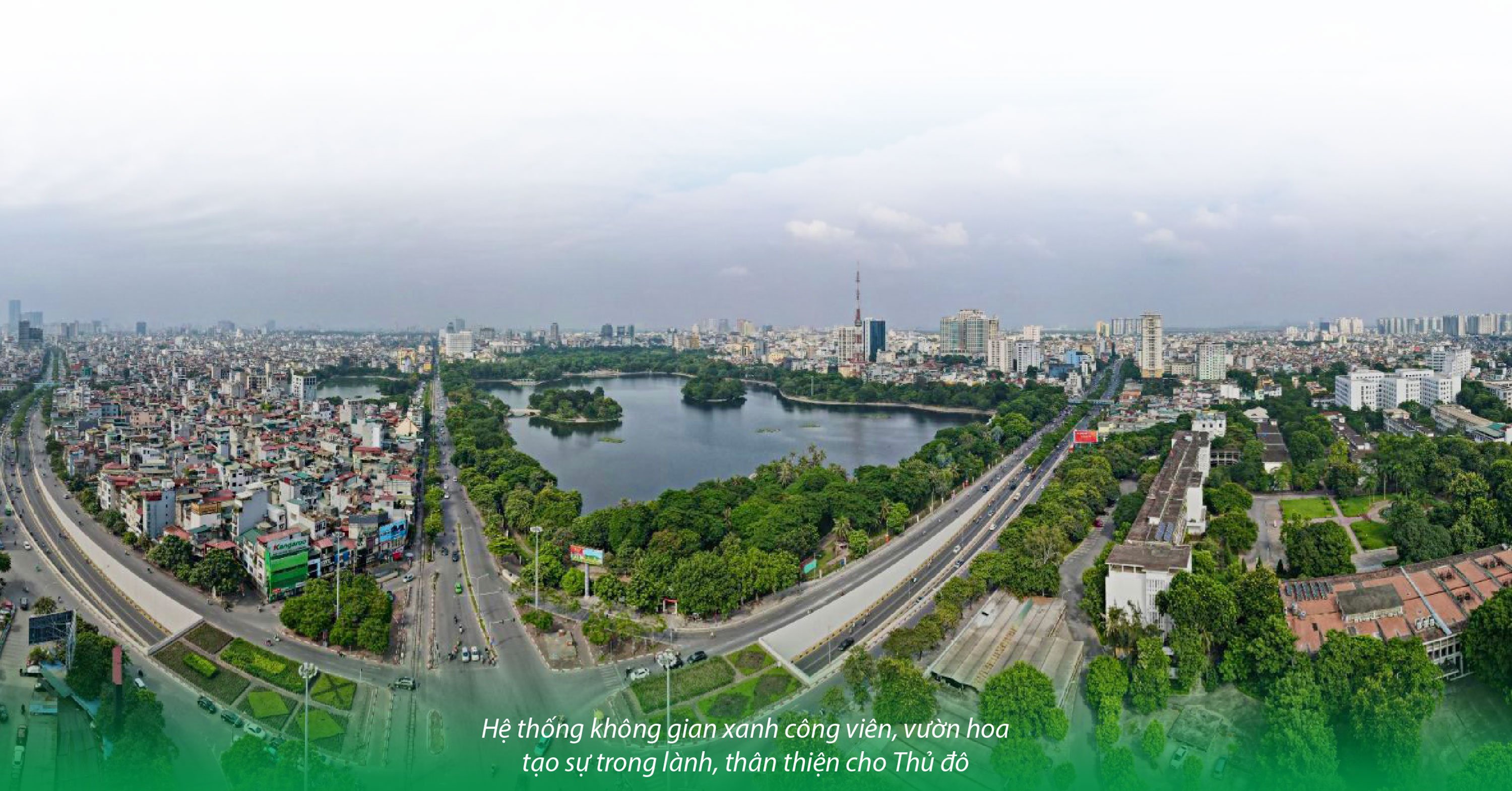

13:49 03/23/2024
Source


![[Photo] General Secretary To Lam holds talks with General Secretary and President of China Xi Jinping](https://vstatic.vietnam.vn/vietnam/resource/IMAGE/2025/4/14/b3d07714dc6b4831833b48e0385d75c1)
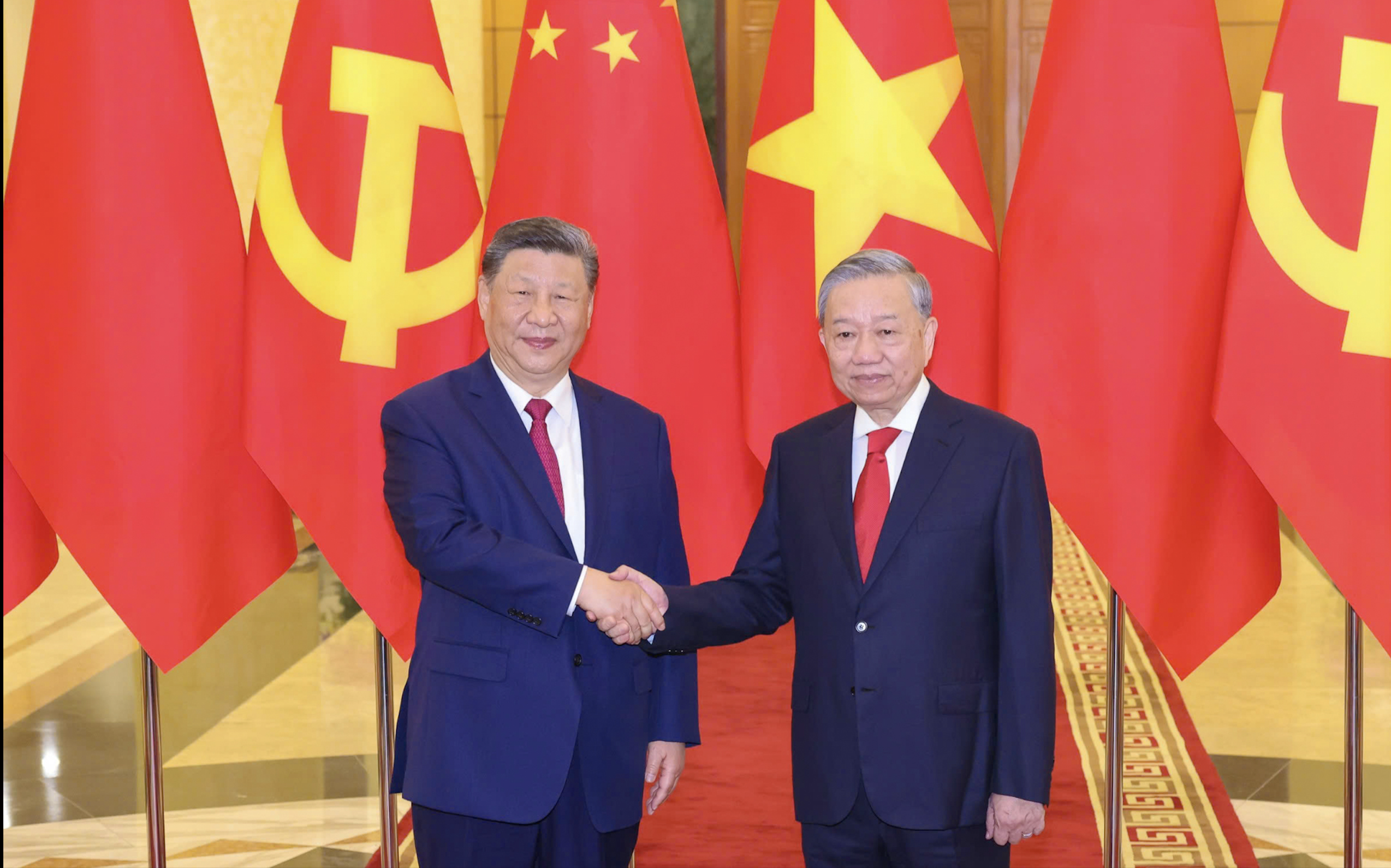
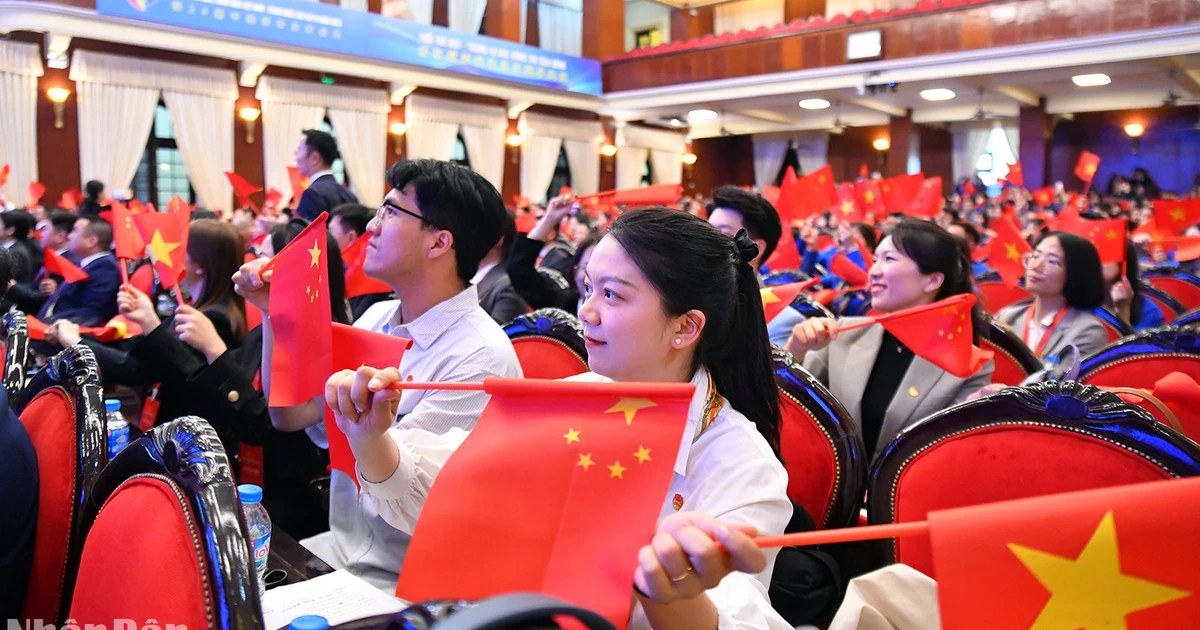
![[Photo] Prime Minister Pham Minh Chinh chairs conference to review the implementation of Resolution No. 18-NQ/TW](https://vstatic.vietnam.vn/vietnam/resource/IMAGE/2025/4/14/dcdb99e706e9448fb3fe81fec9cde410)
![[Photo] Ceremony to welcome General Secretary and President of China Xi Jinping on State visit to Vietnam](https://vstatic.vietnam.vn/vietnam/resource/IMAGE/2025/4/14/5318f8c5aa8540d28a5a65b0a1f70959)
![[Photo] National Assembly Chairman Tran Thanh Man meets with General Secretary and President of China Xi Jinping](https://vstatic.vietnam.vn/vietnam/resource/IMAGE/2025/4/14/4e8fab54da744230b54598eff0070485)


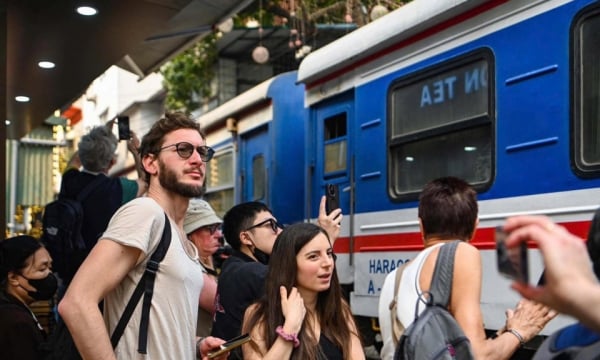


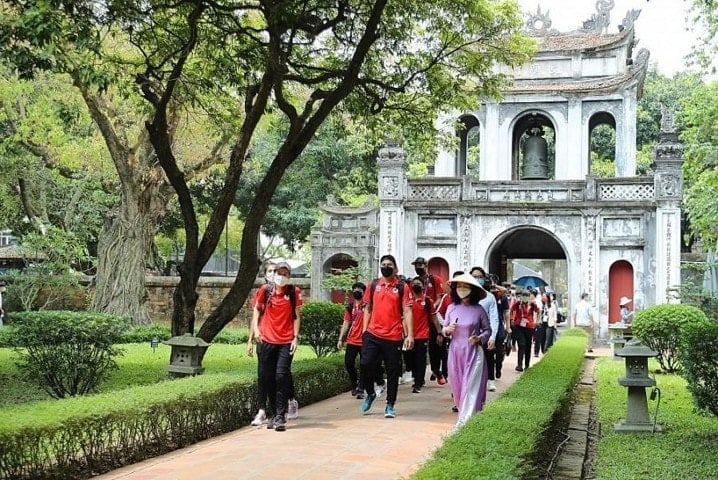
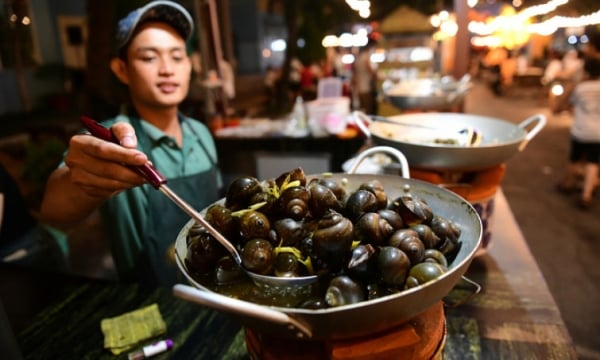
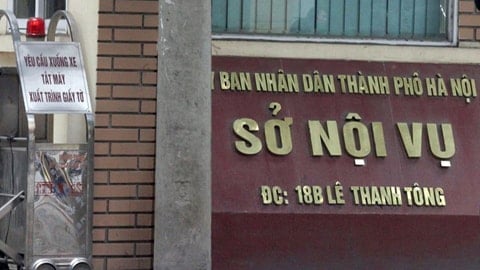
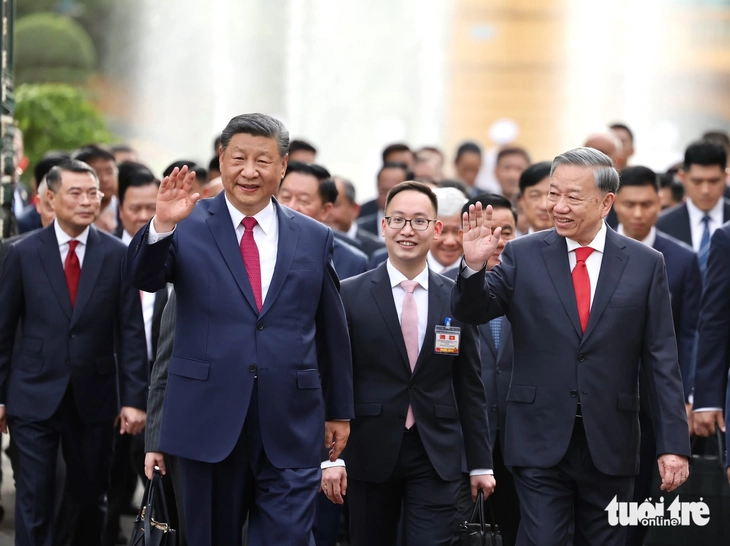
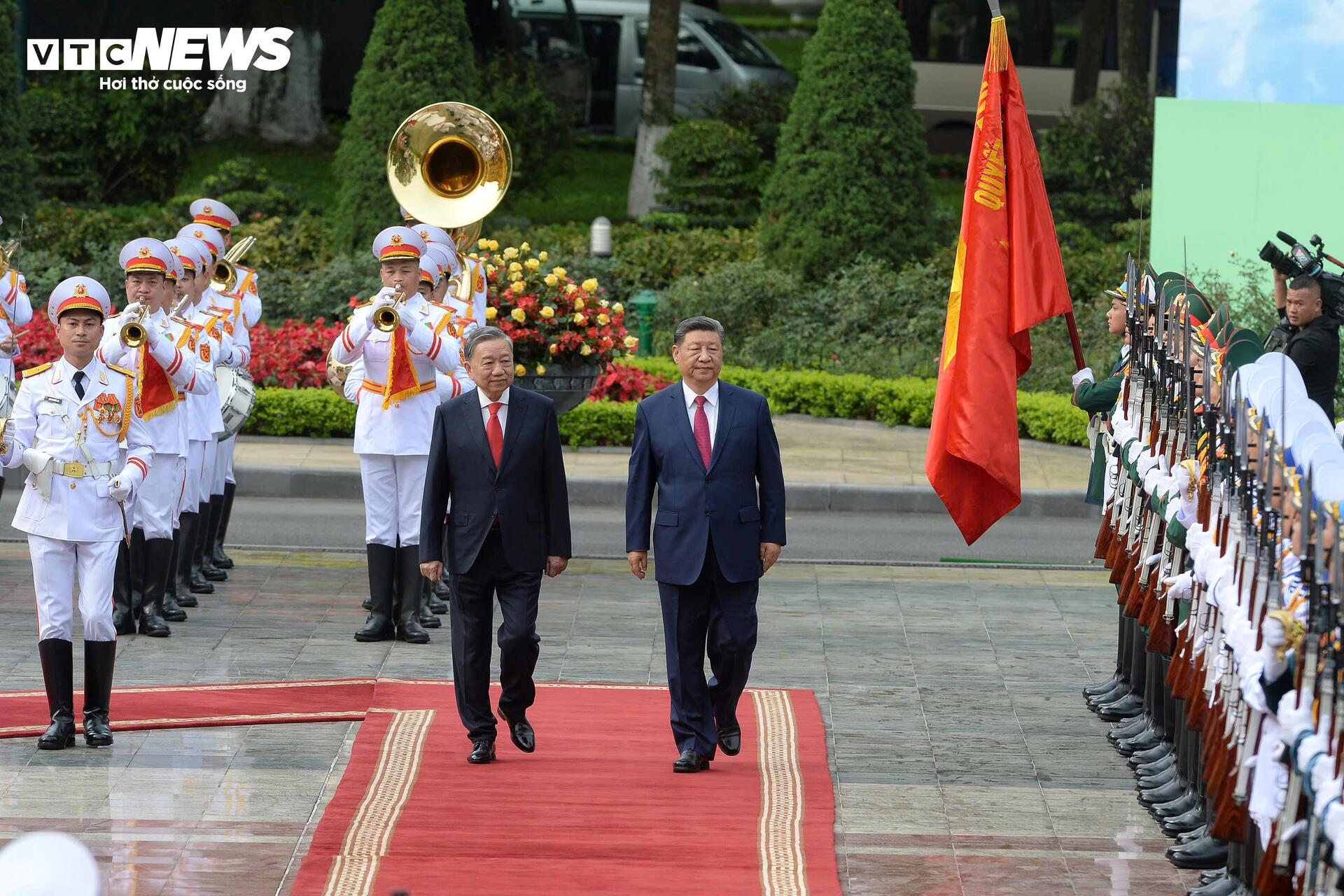
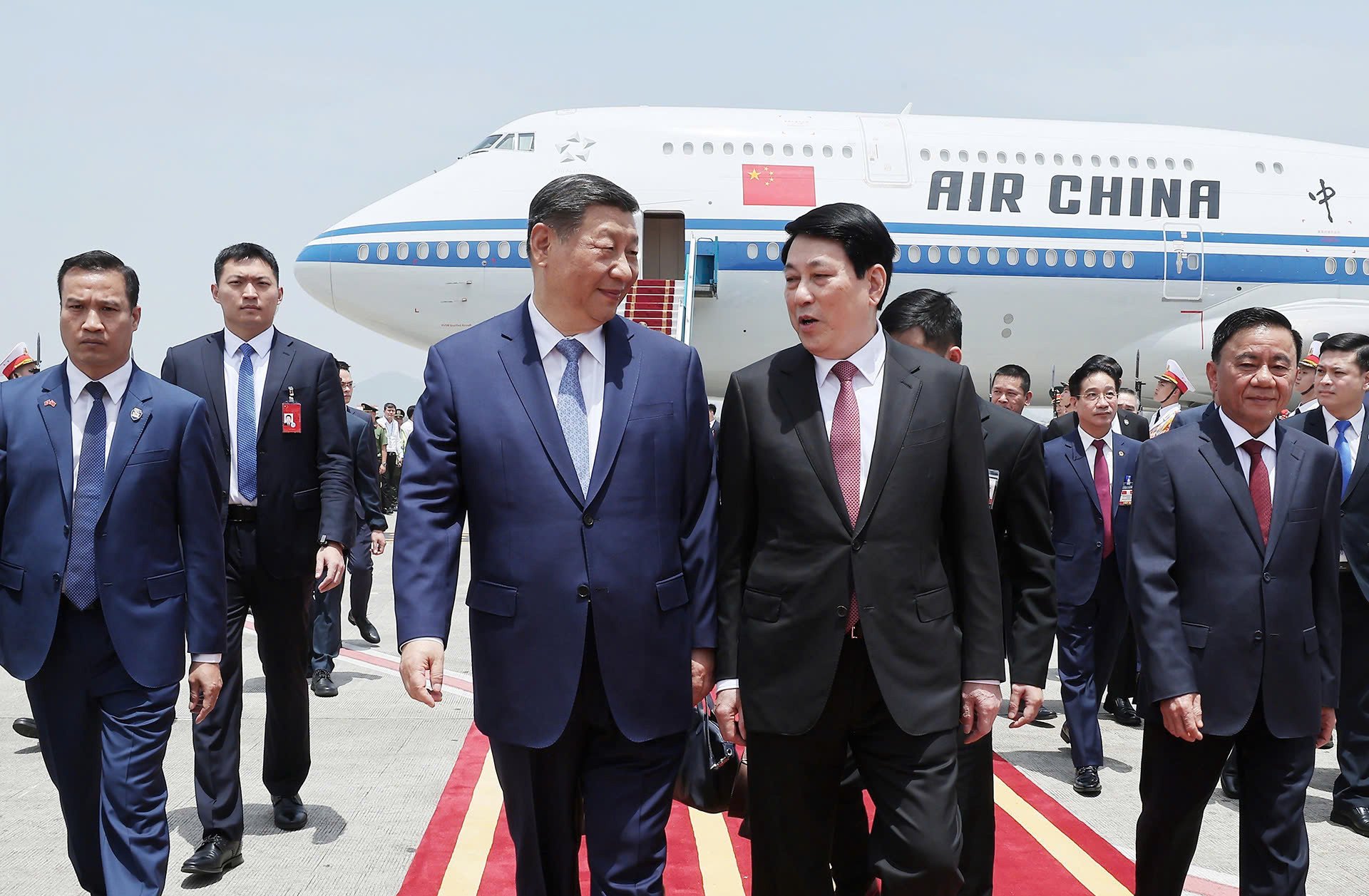
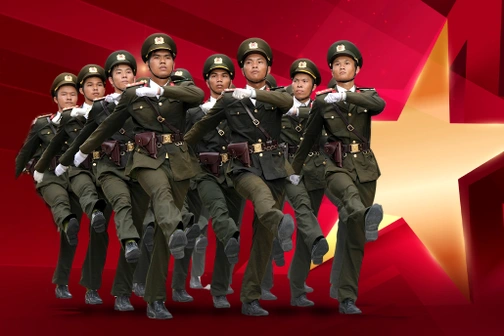
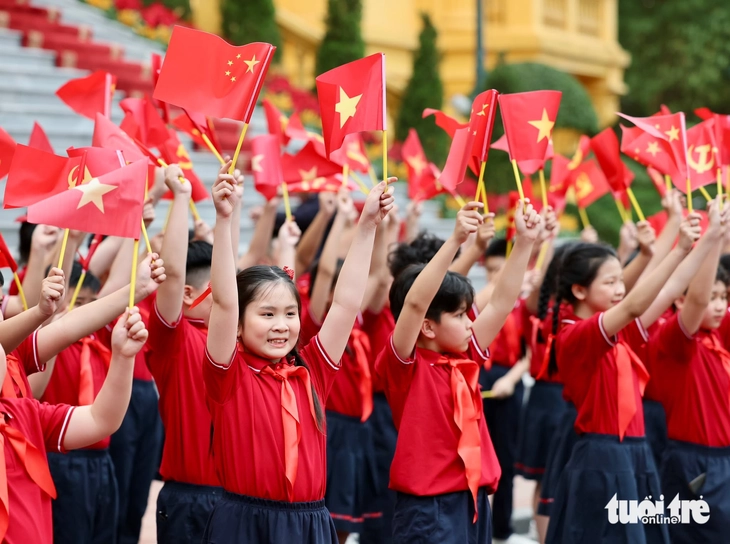
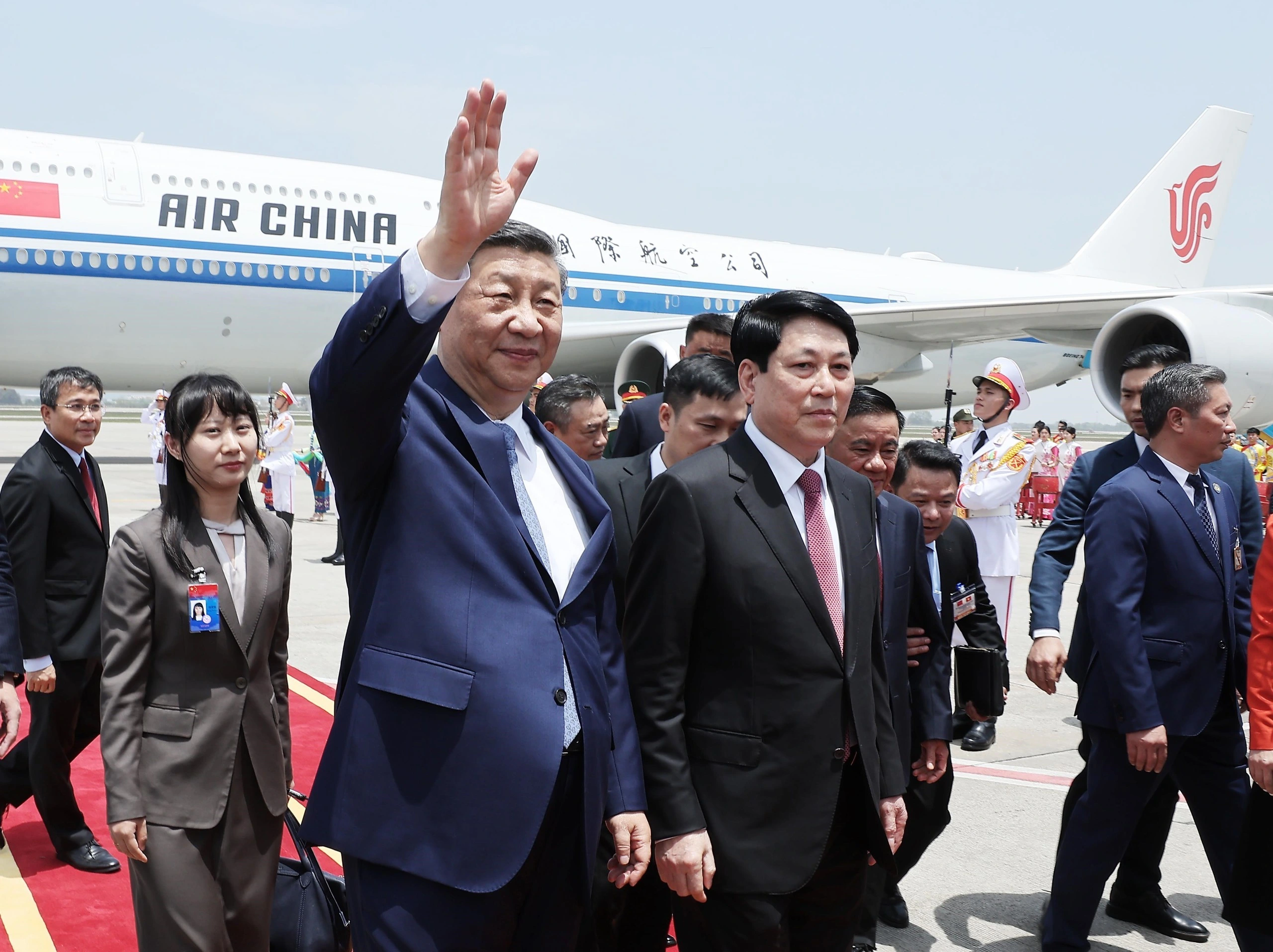
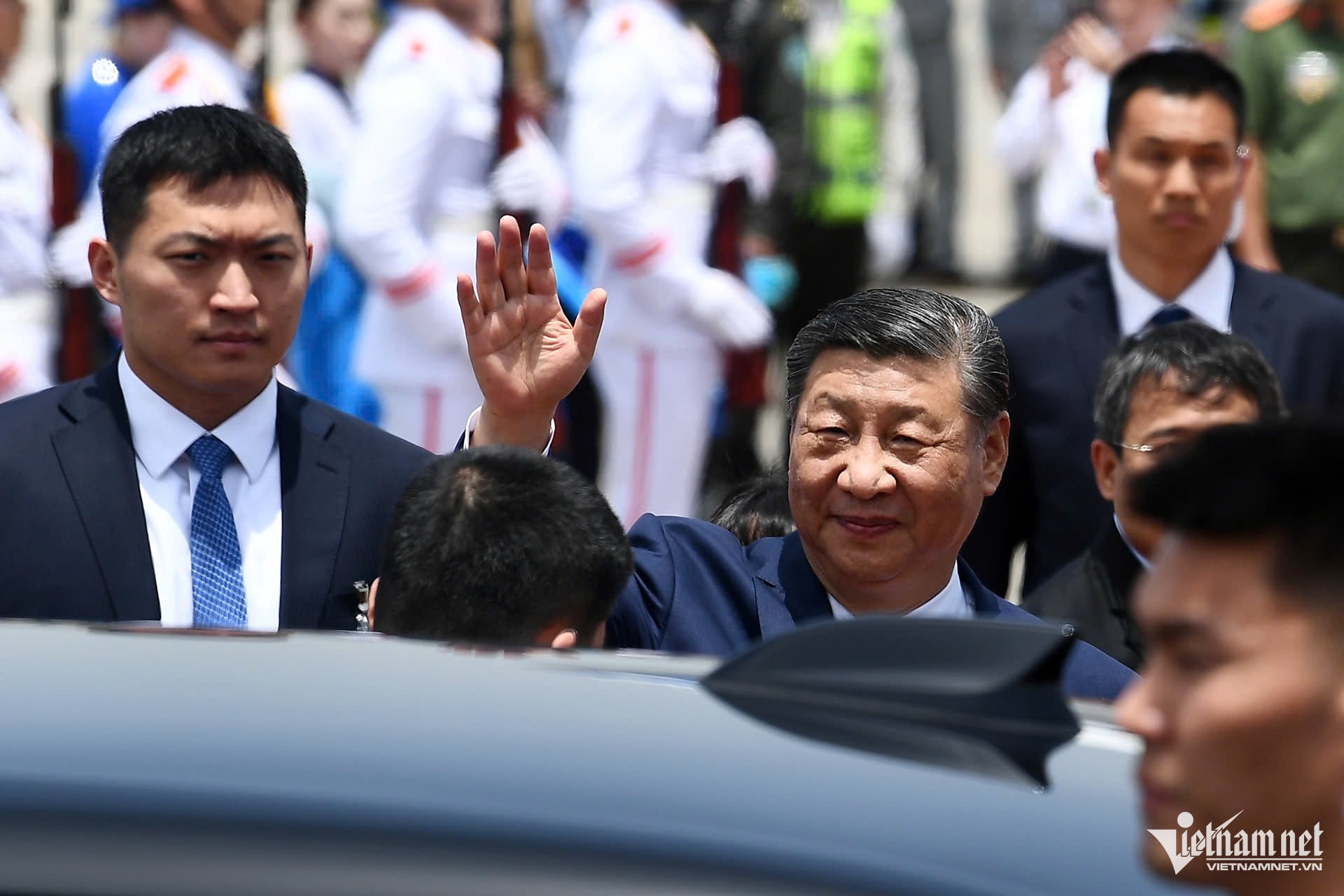


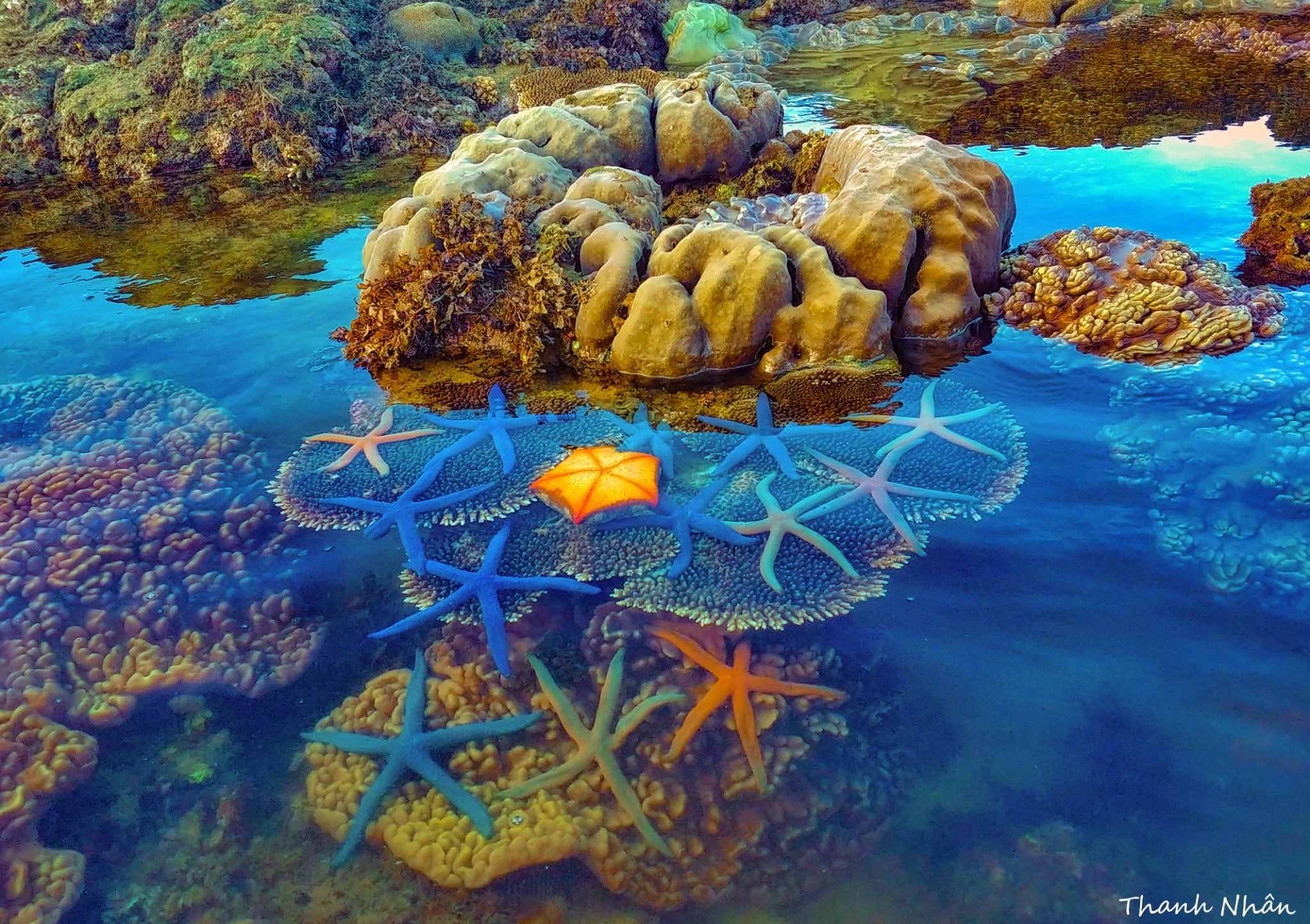

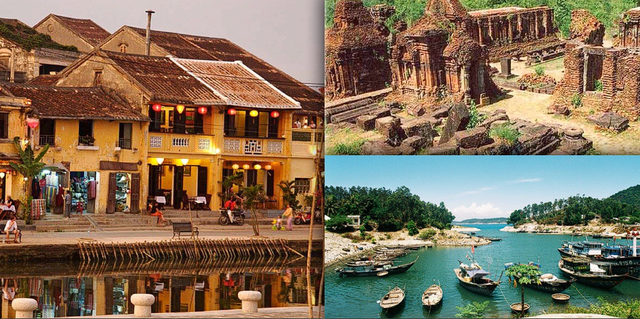
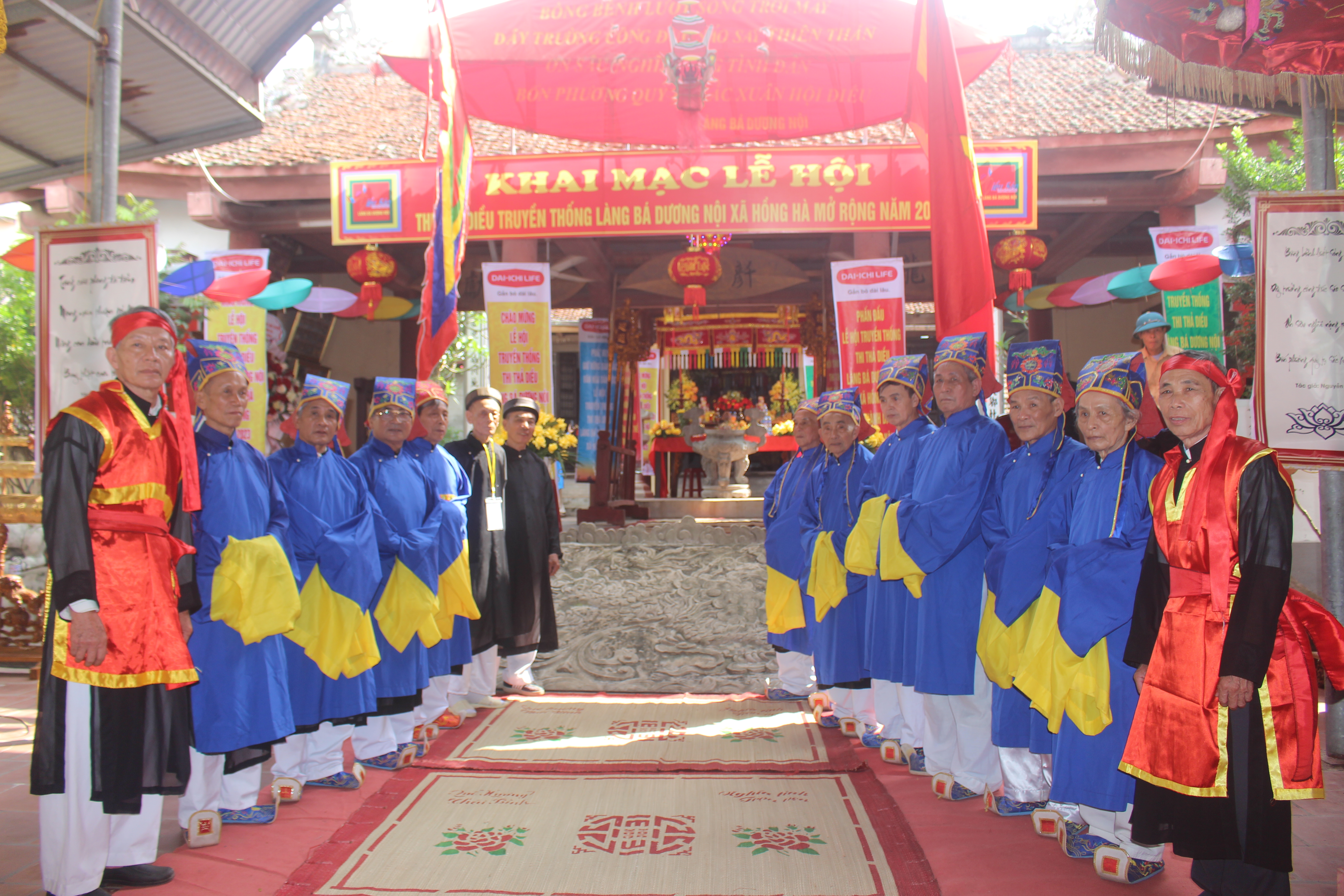

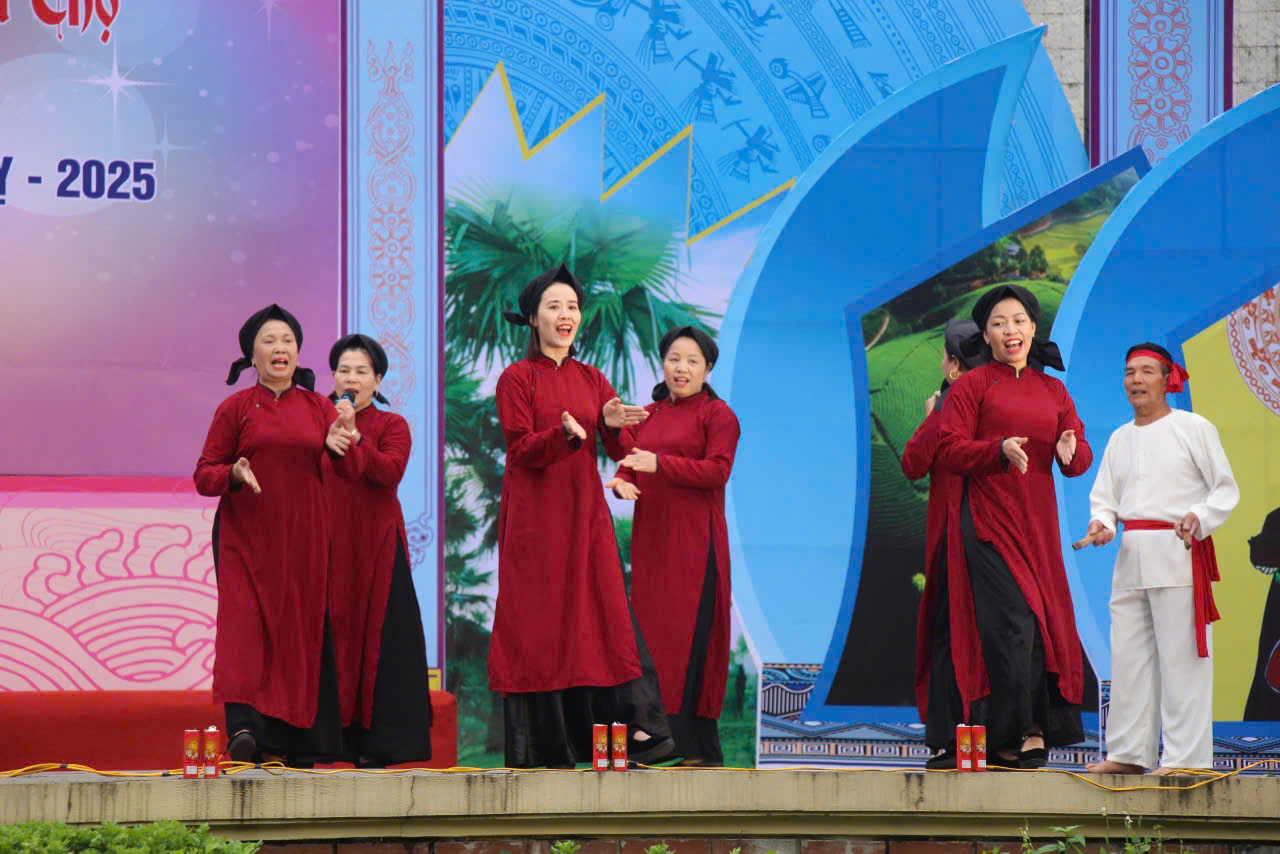

![[Photo] Prime Minister Pham Minh Chinh meets with General Secretary and President of China Xi Jinping](https://vstatic.vietnam.vn/vietnam/resource/IMAGE/2025/4/14/893f1141468a49e29fb42607a670b174)


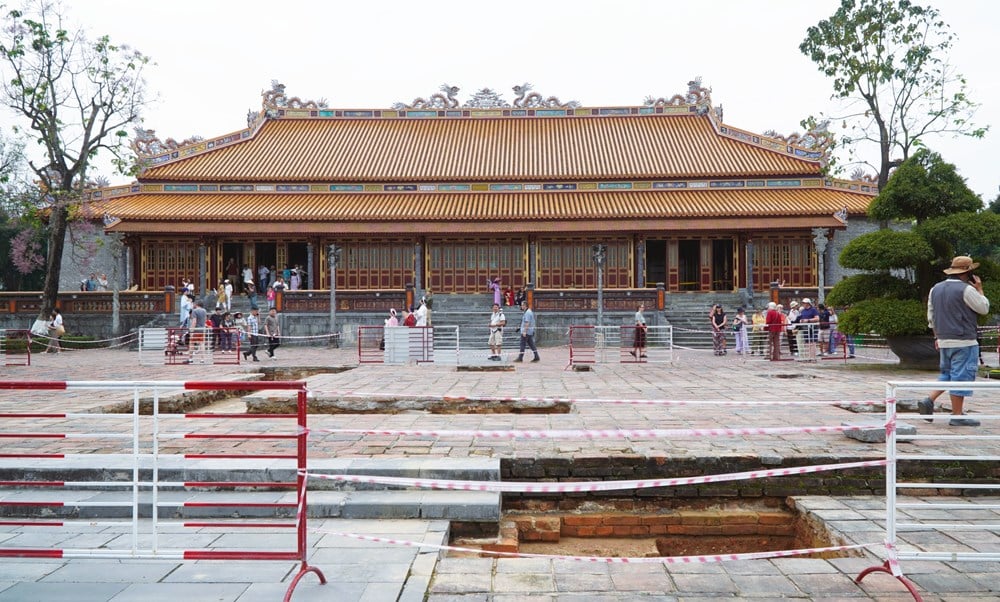

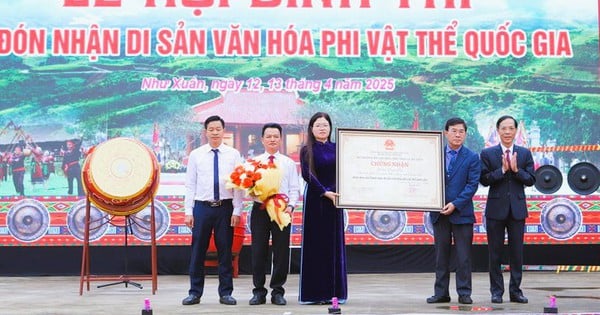


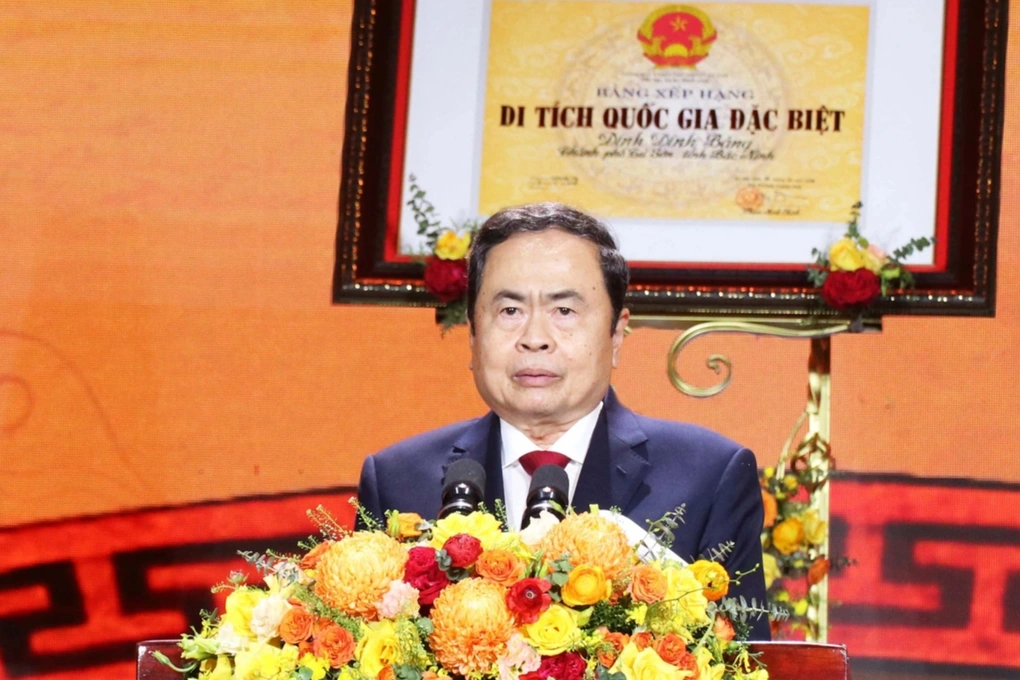

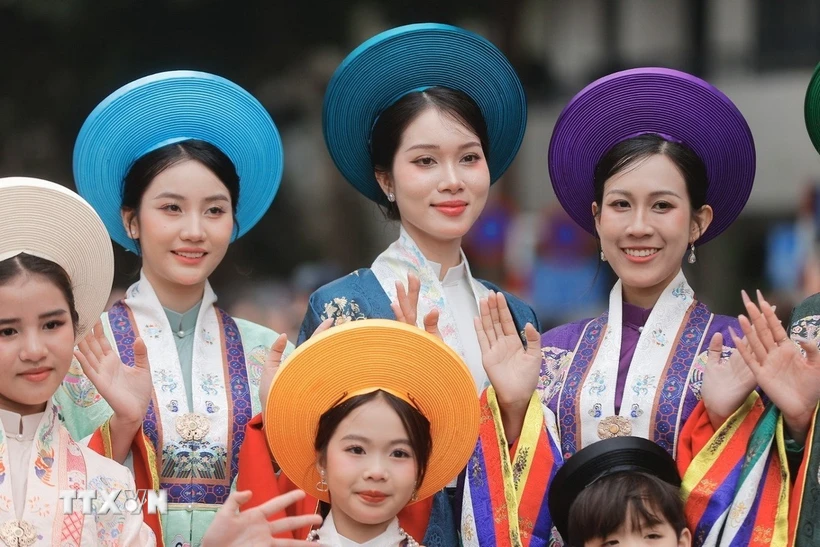

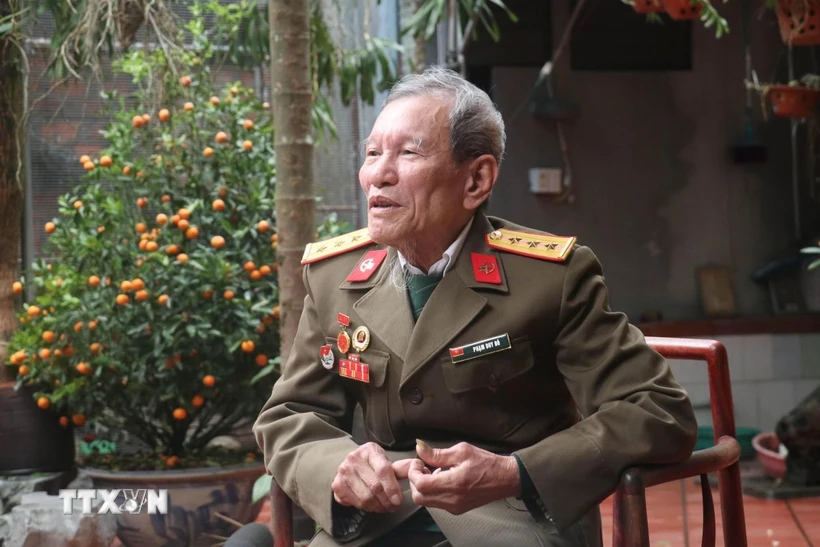









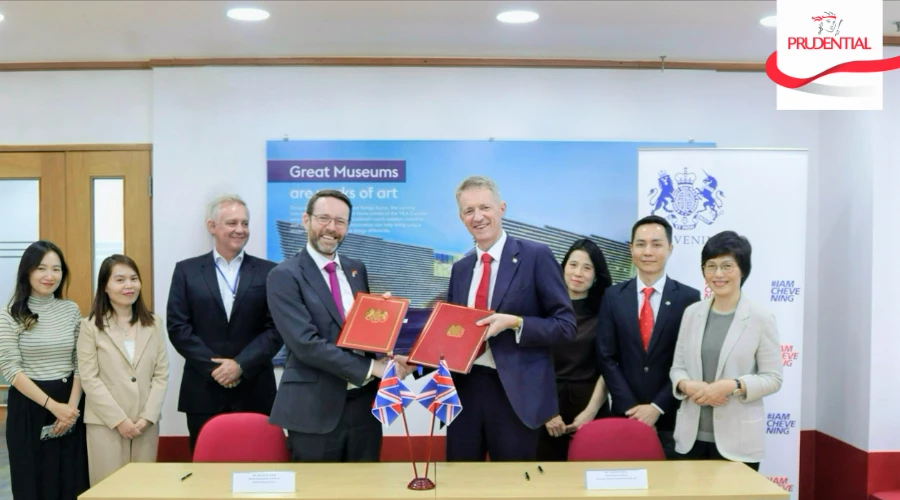






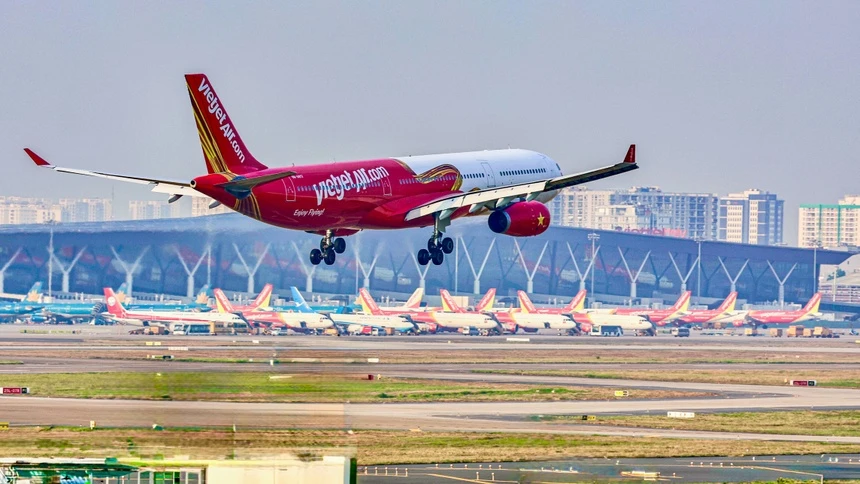


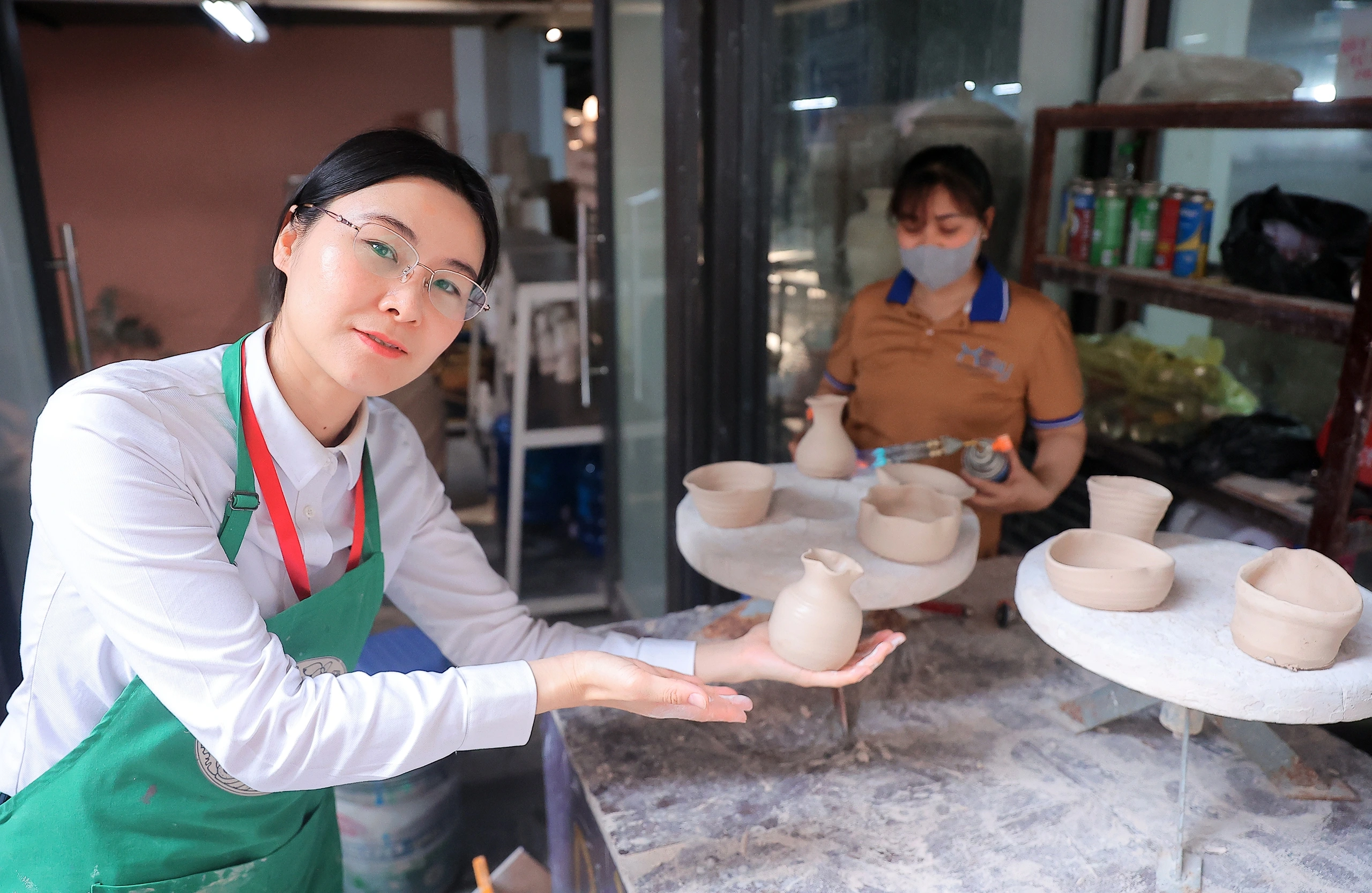


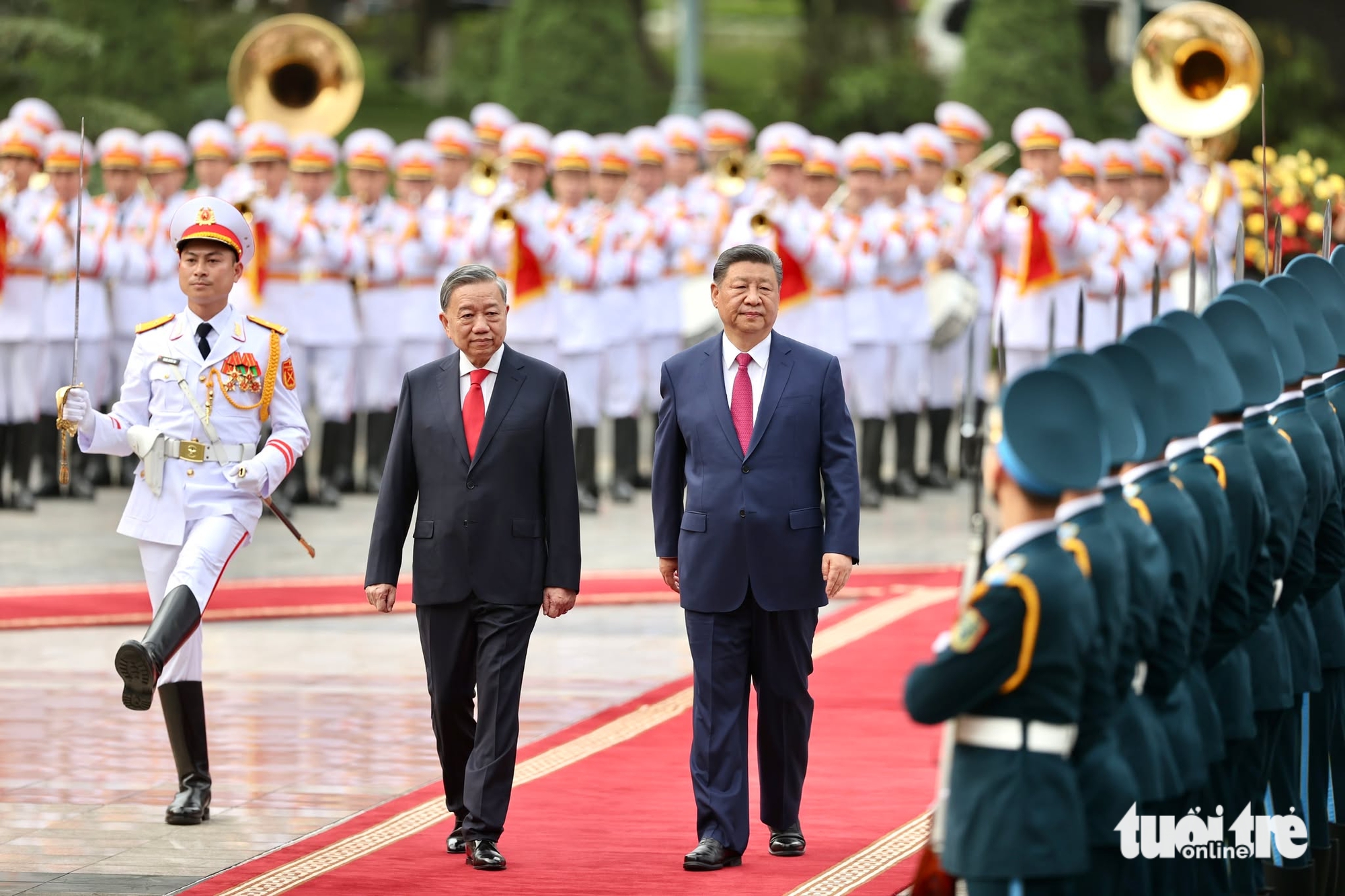
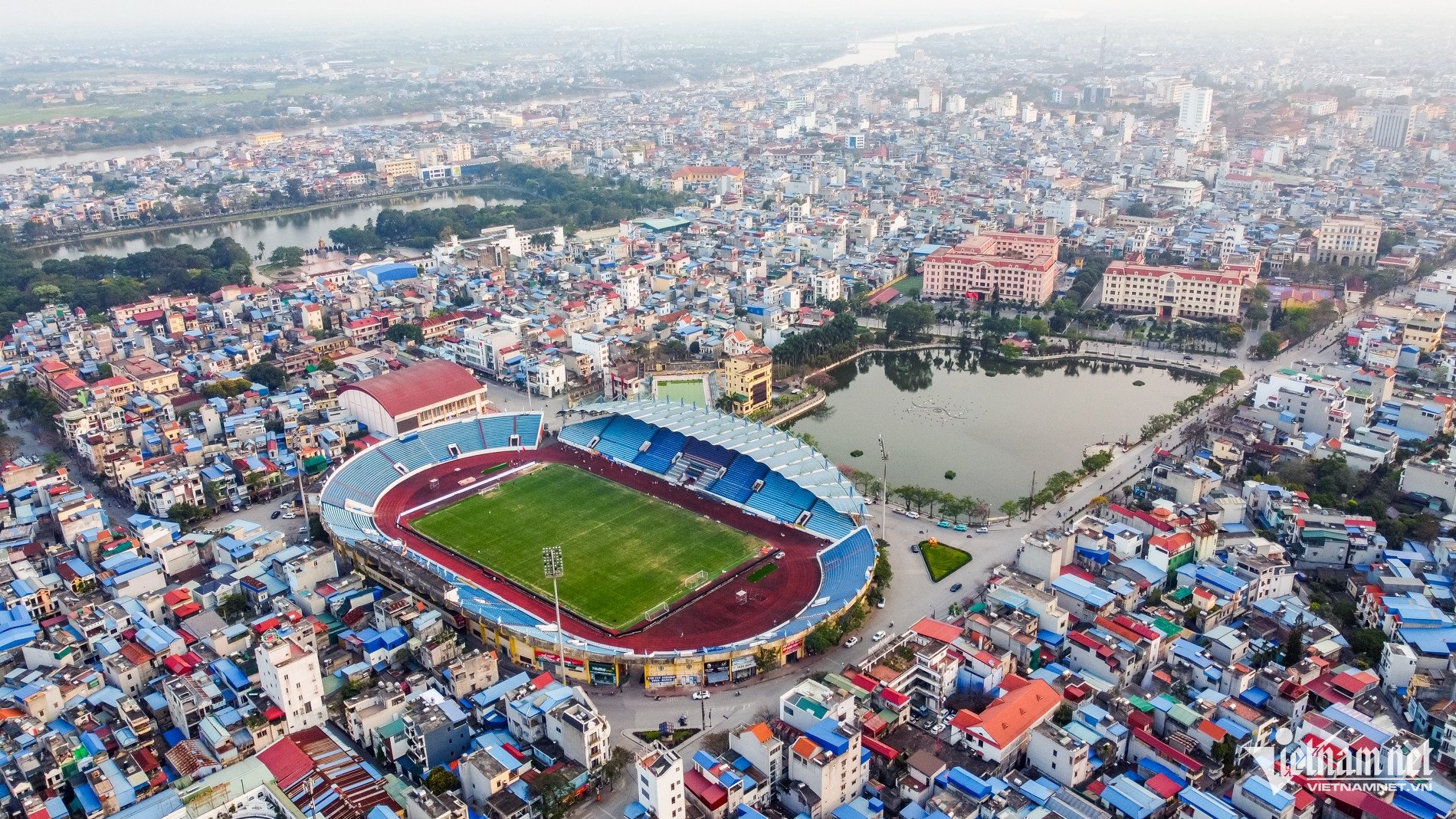
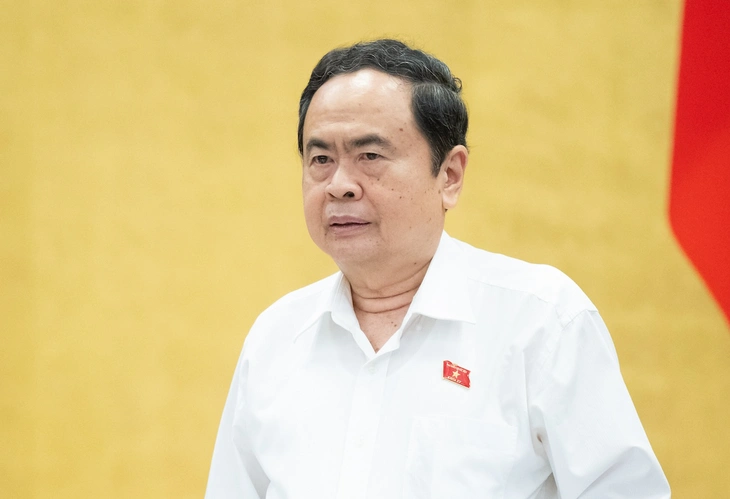


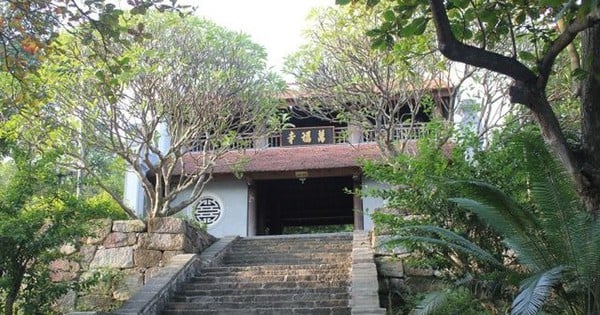
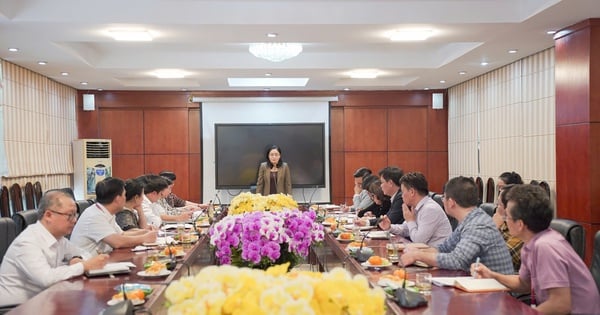
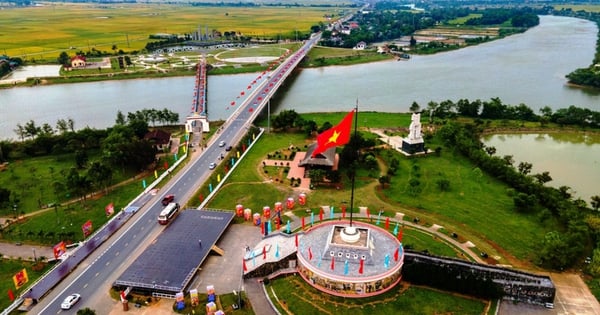
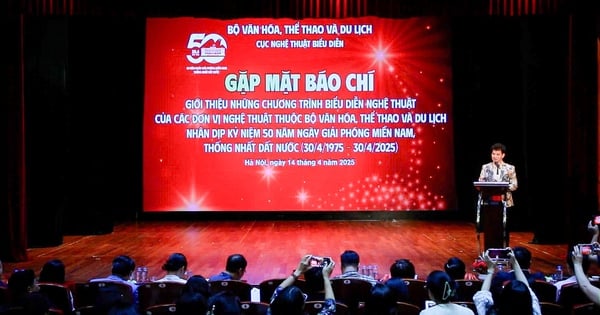
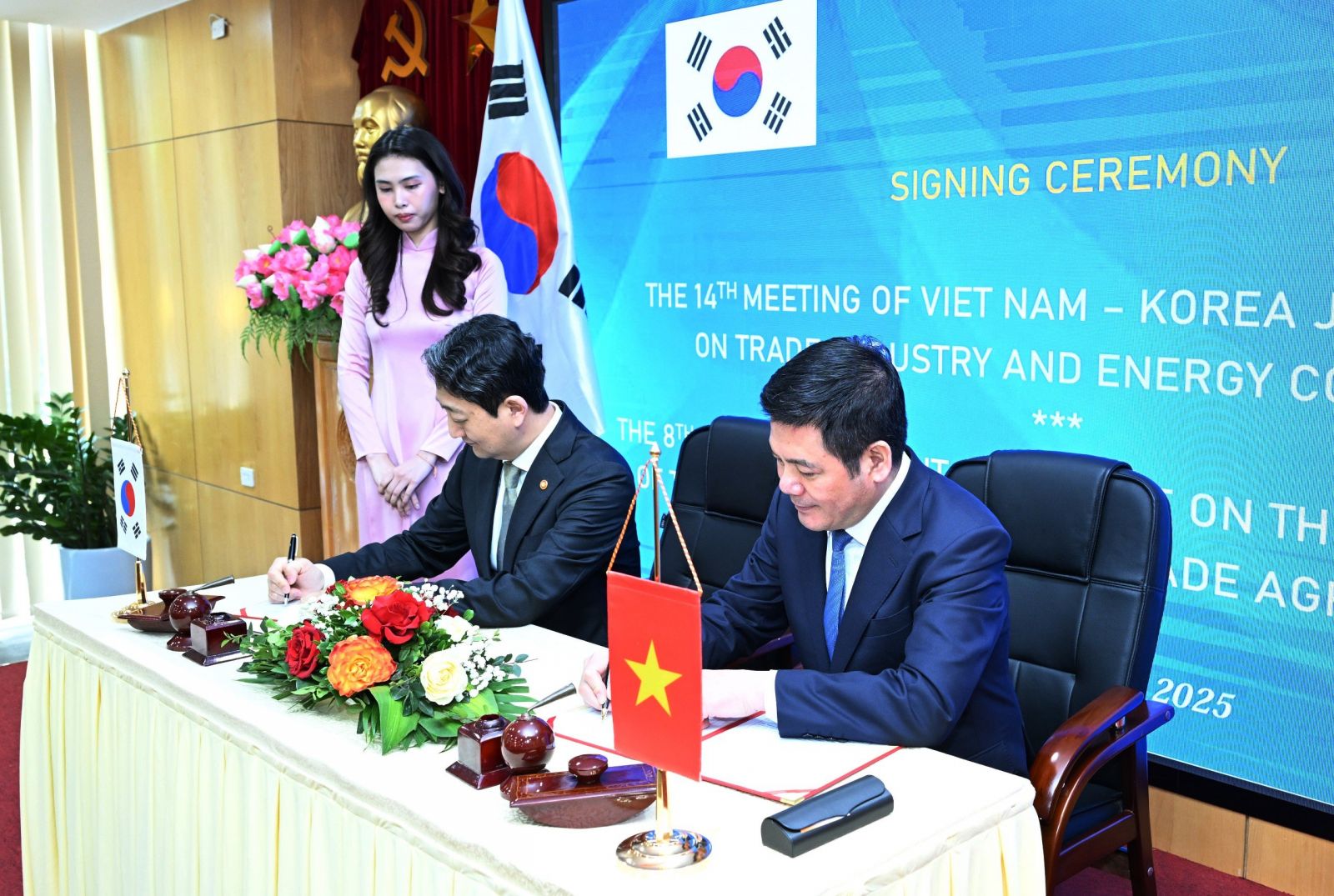



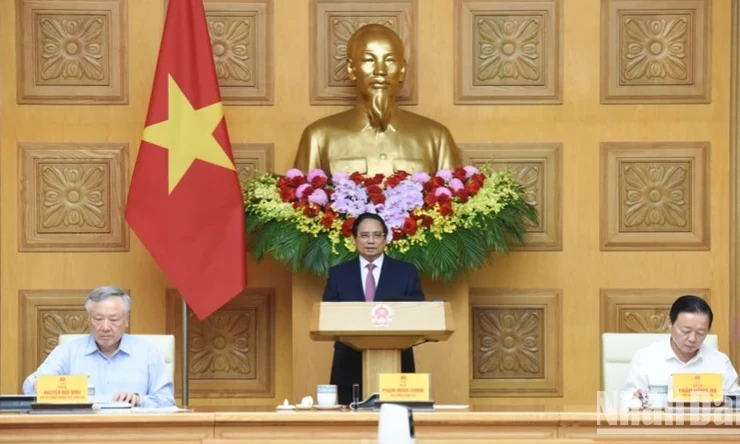
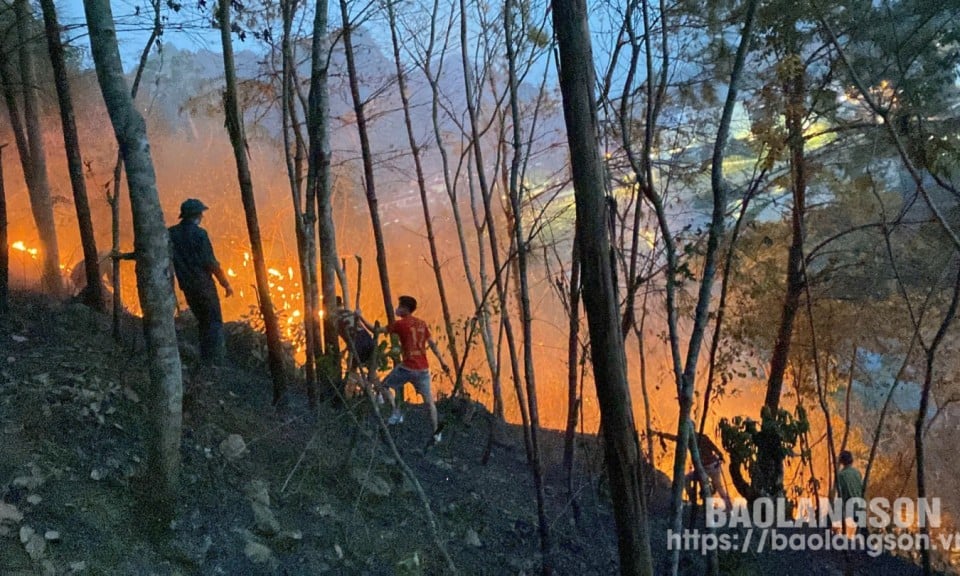



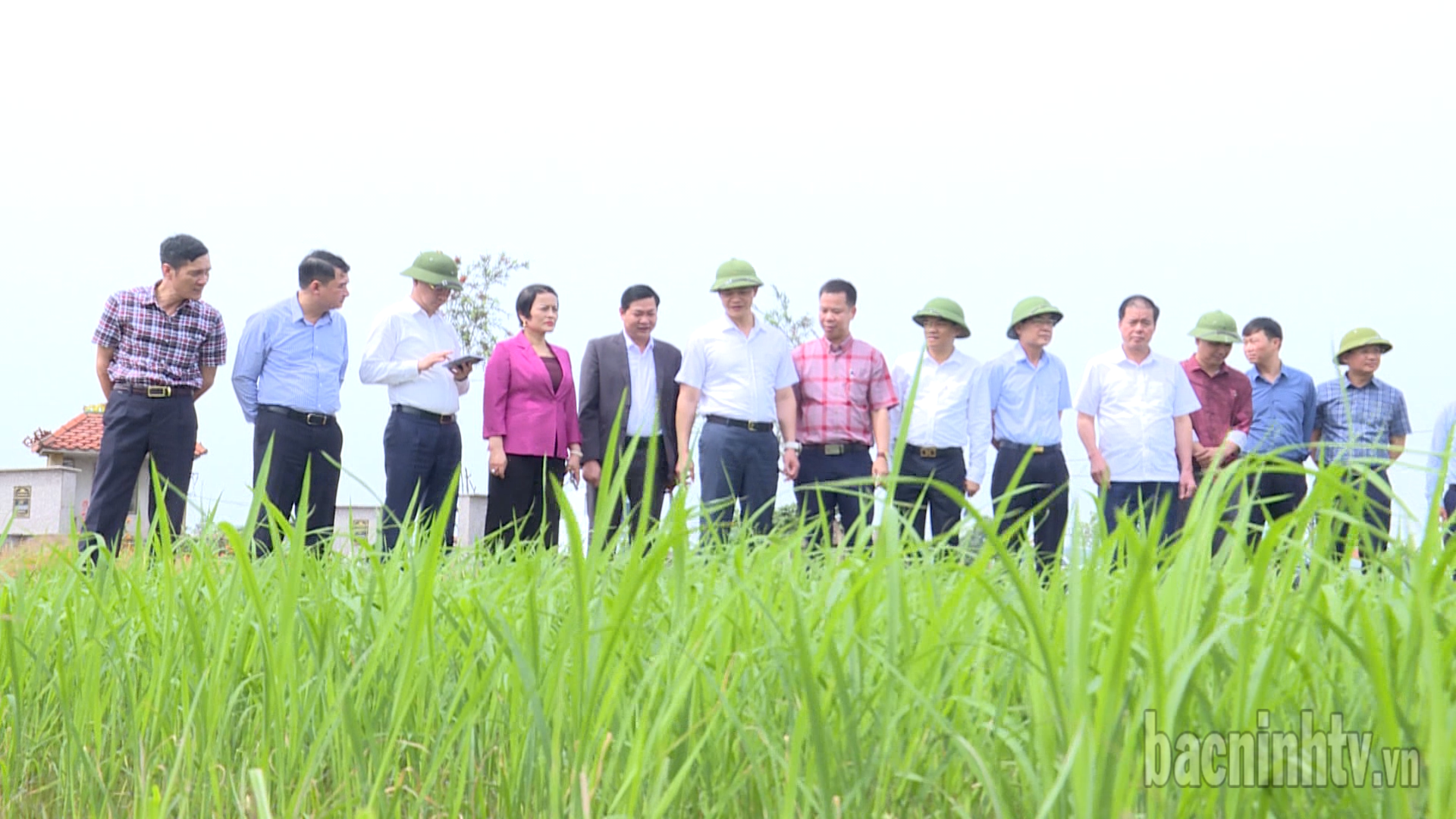
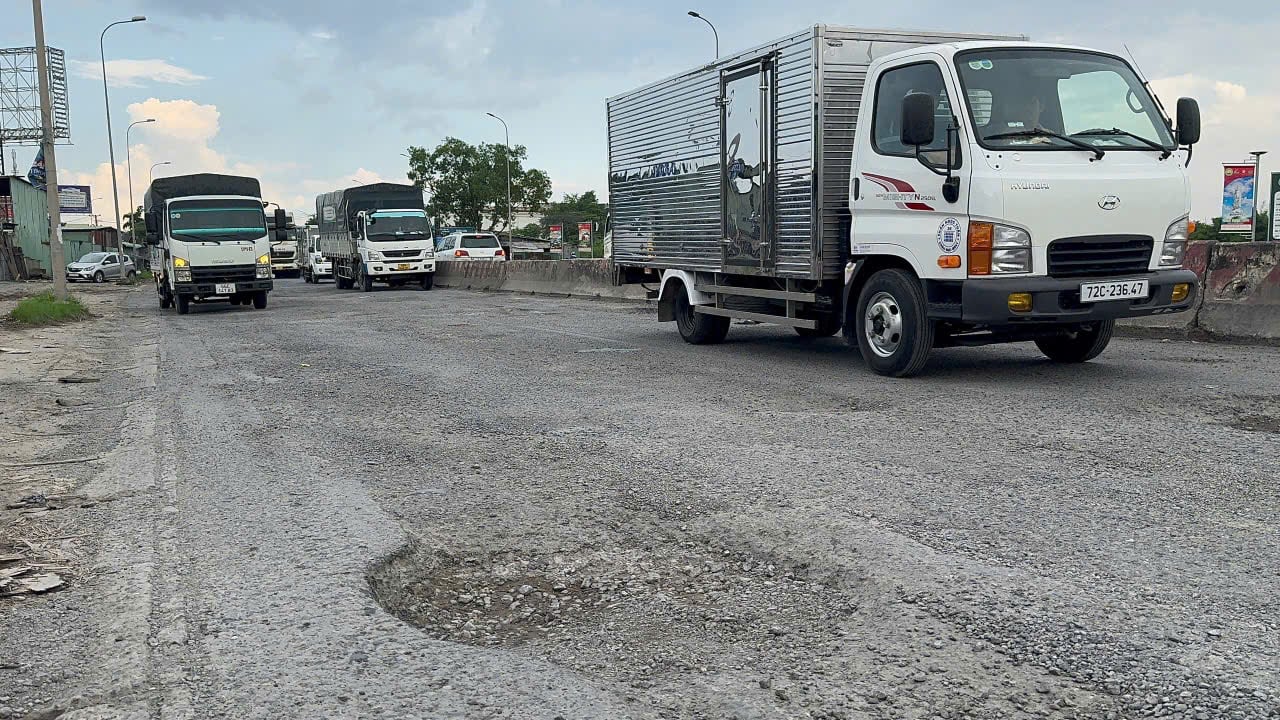

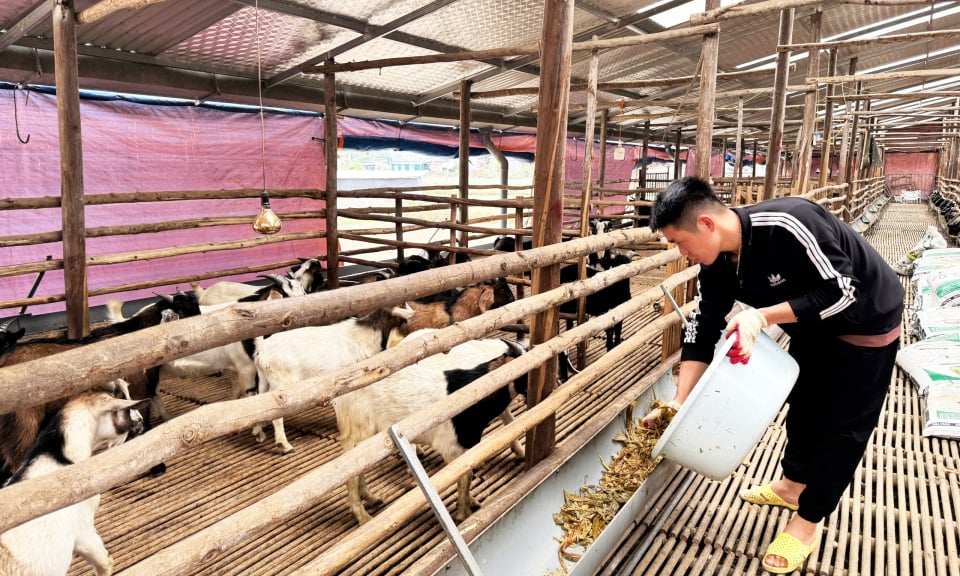









Comment (0)